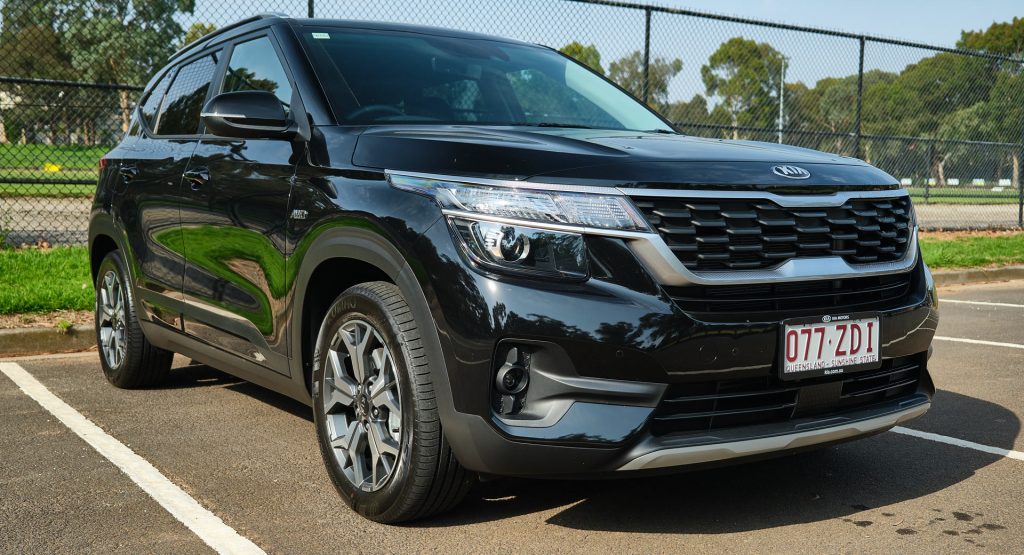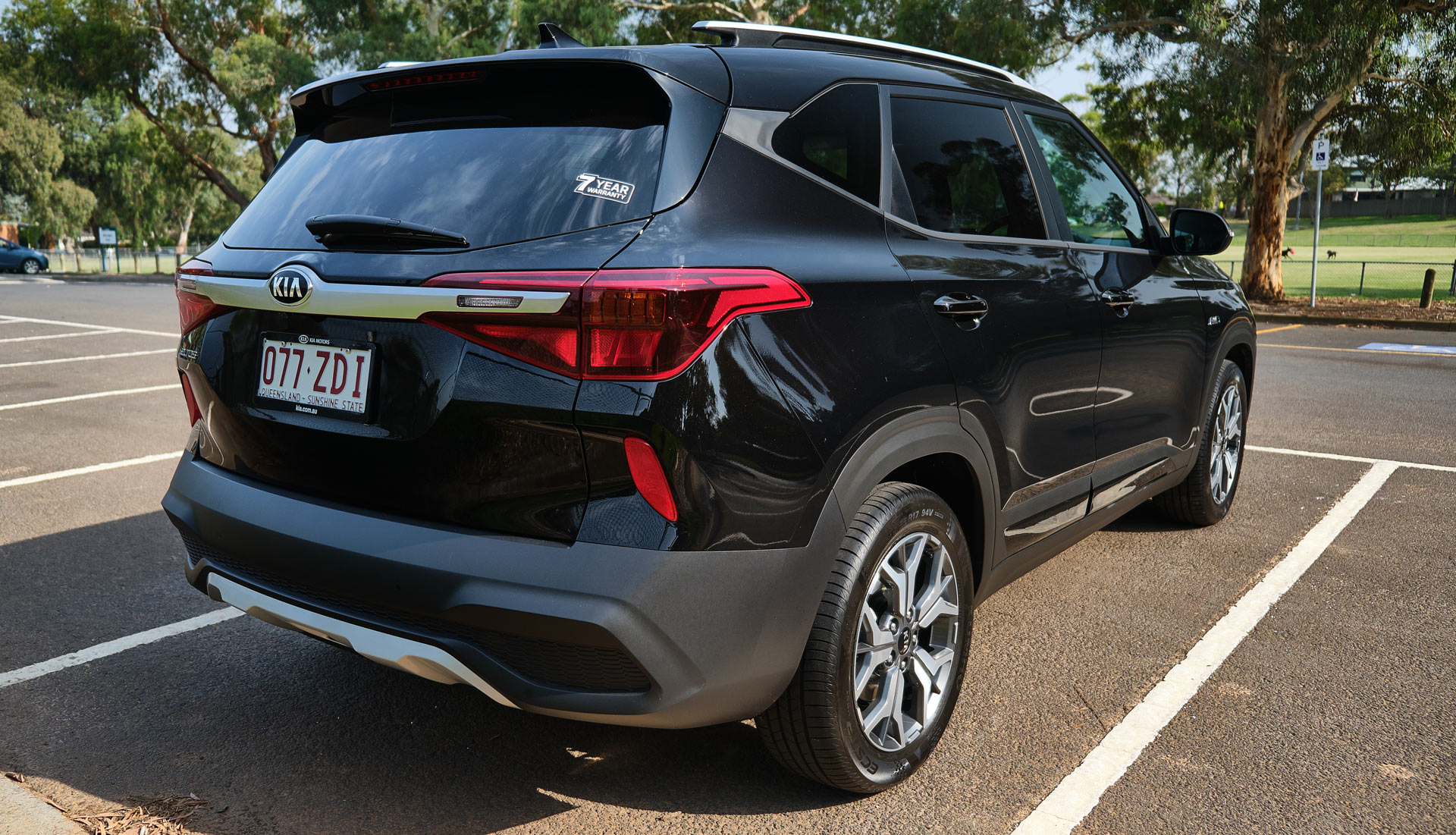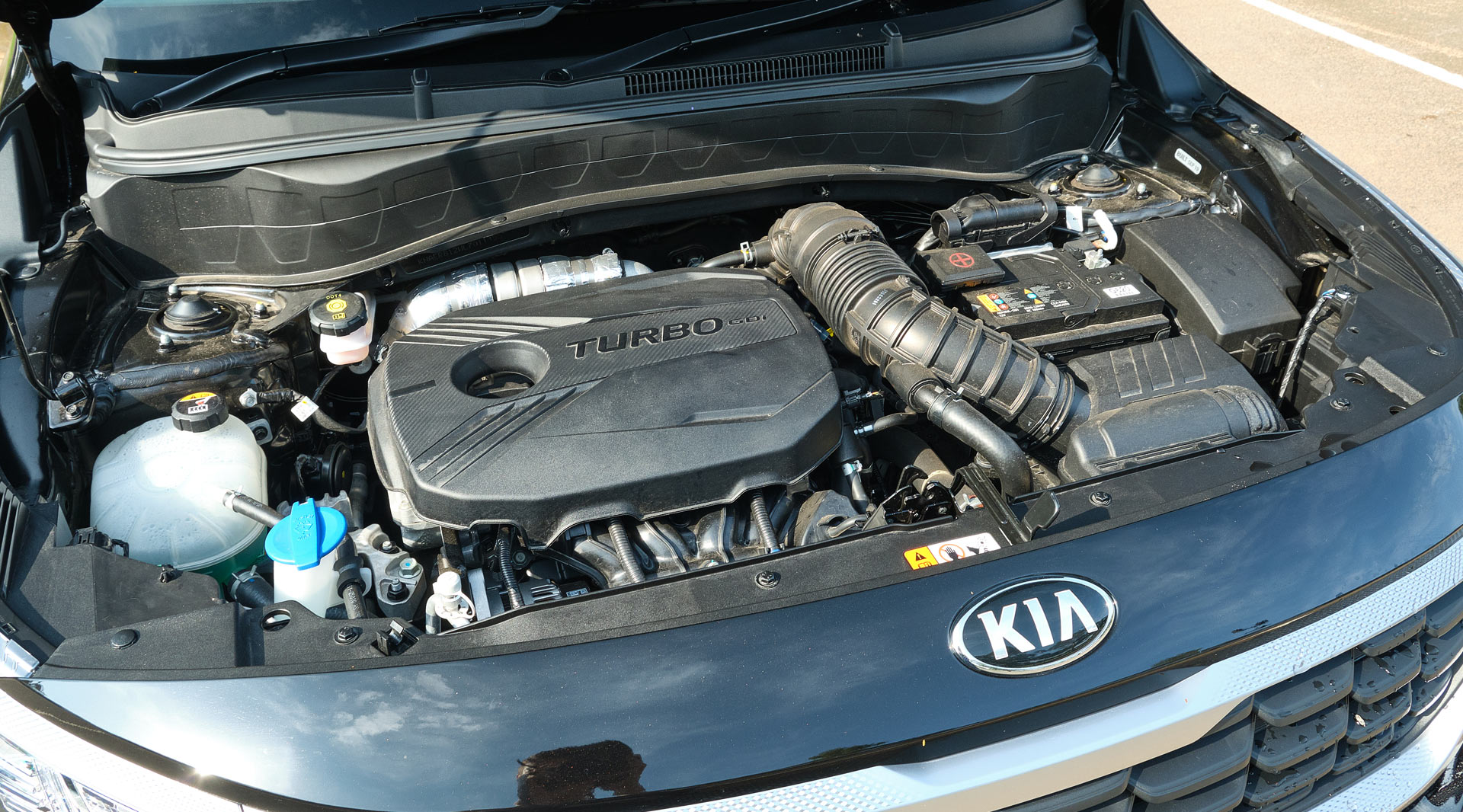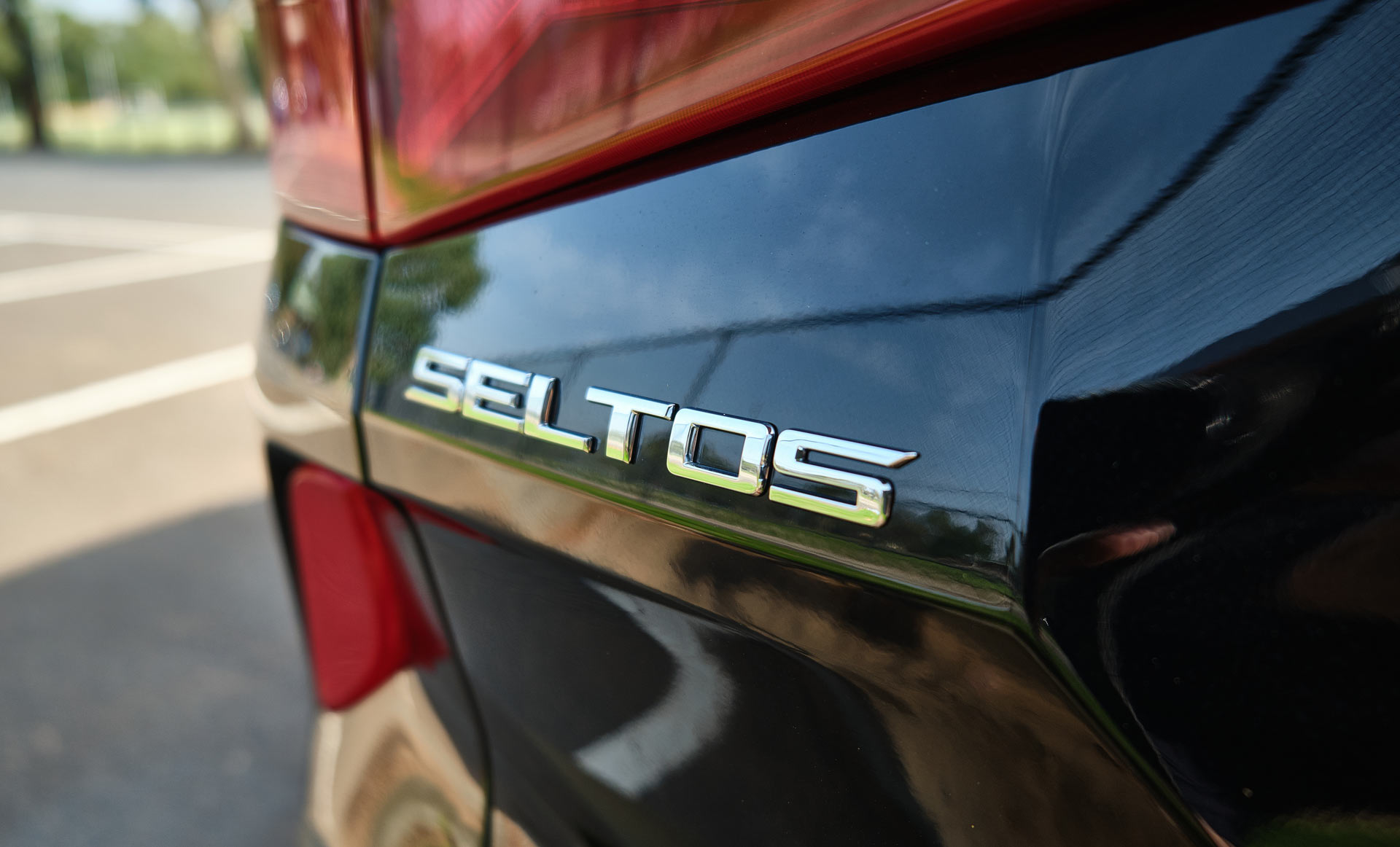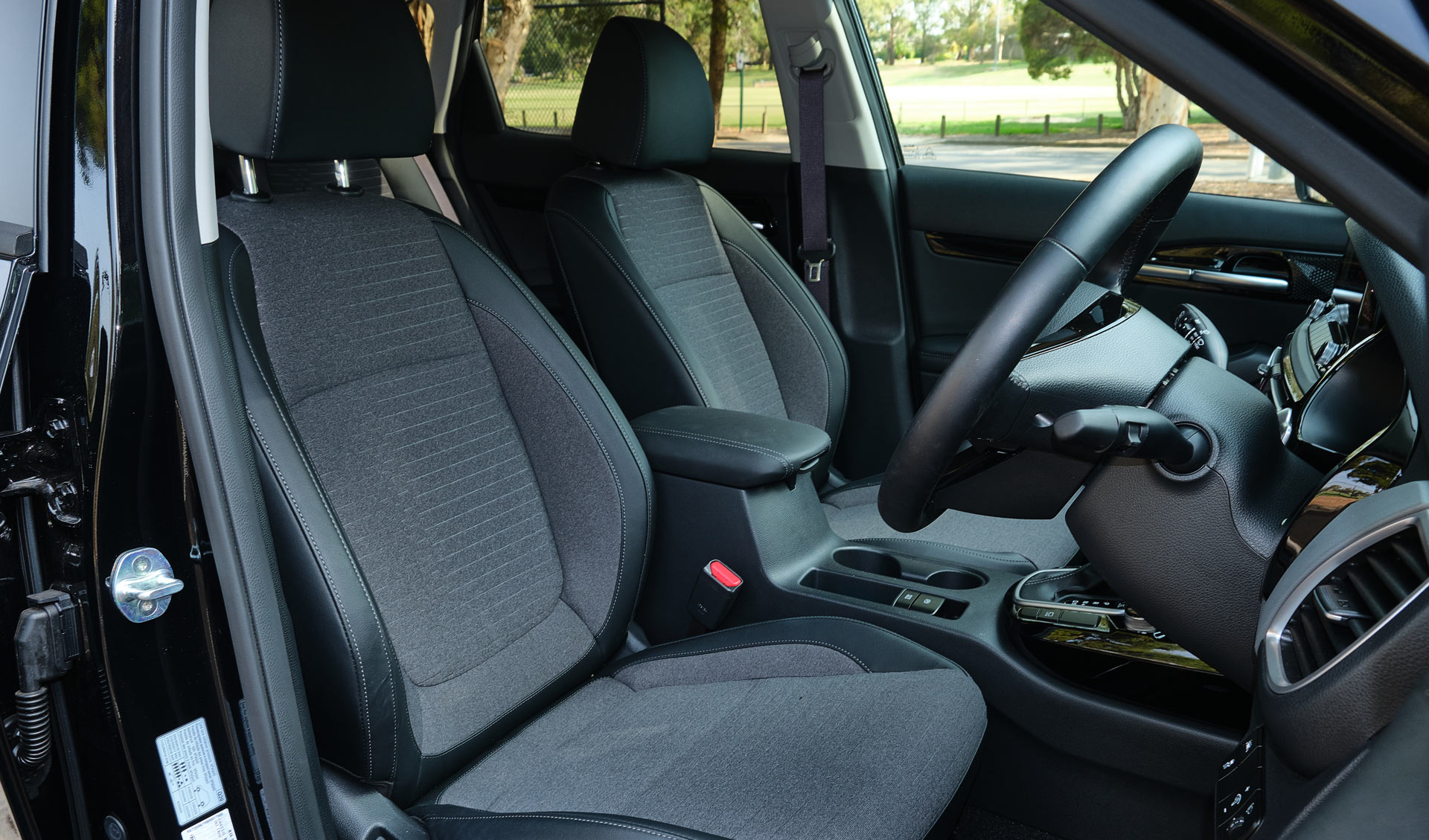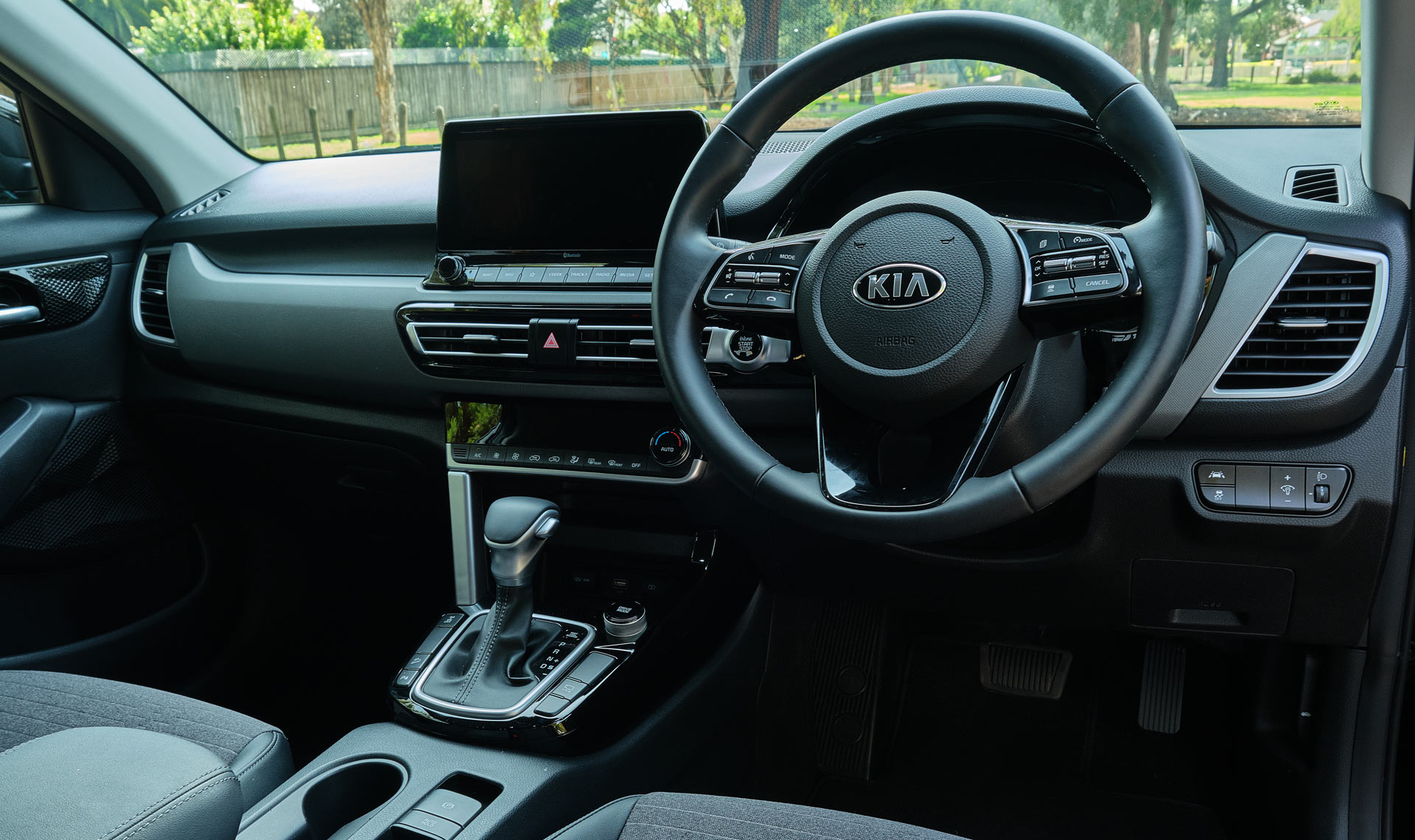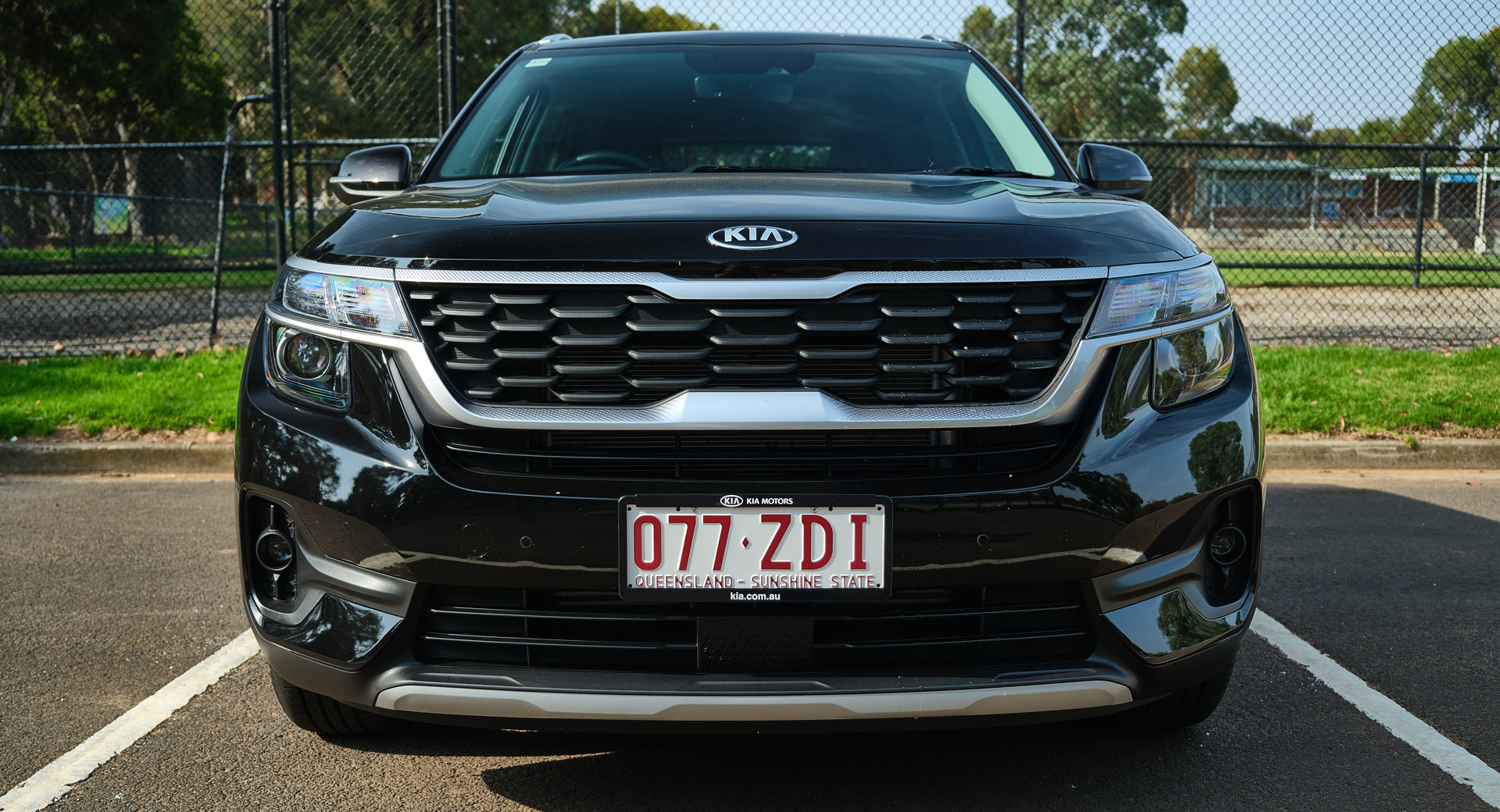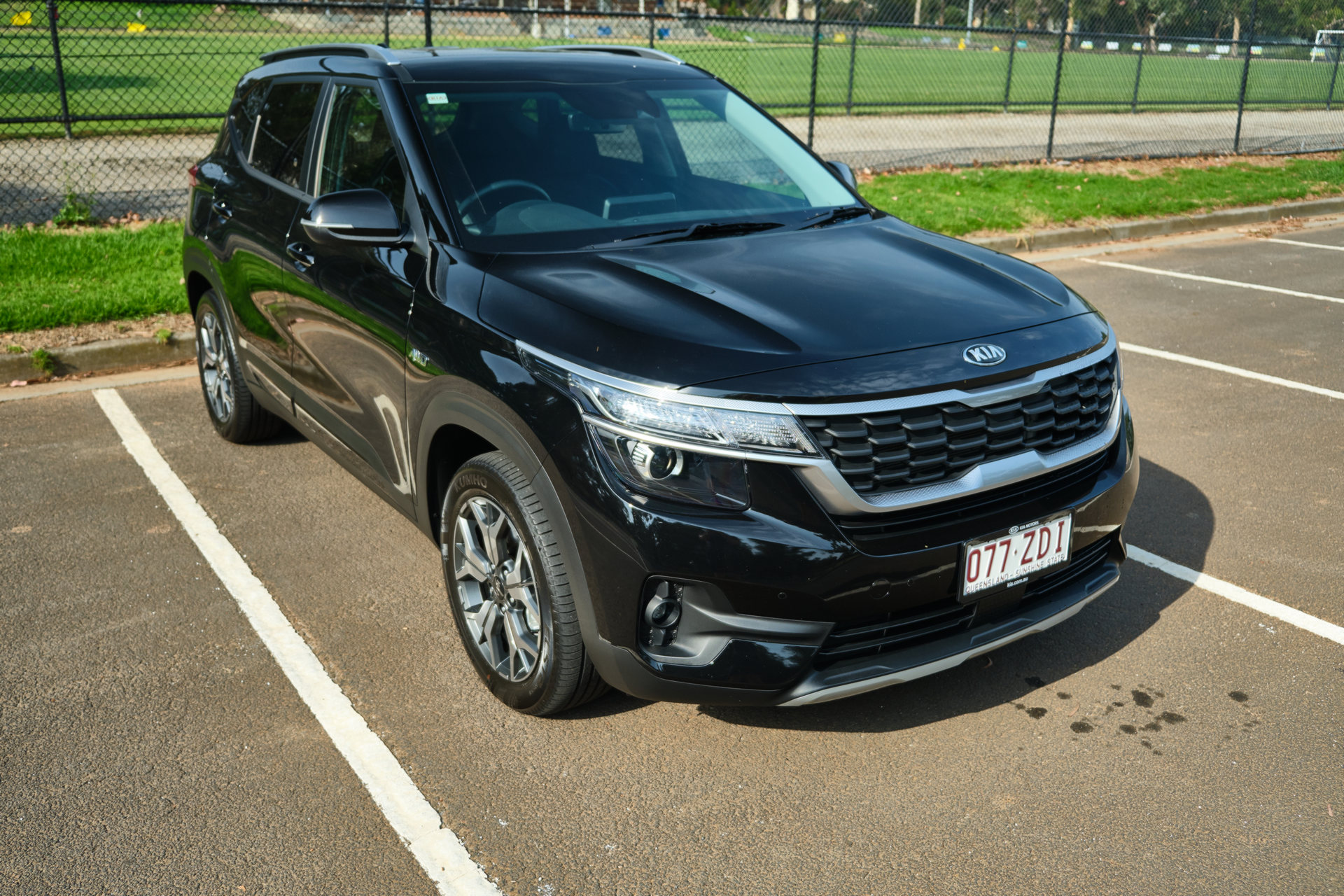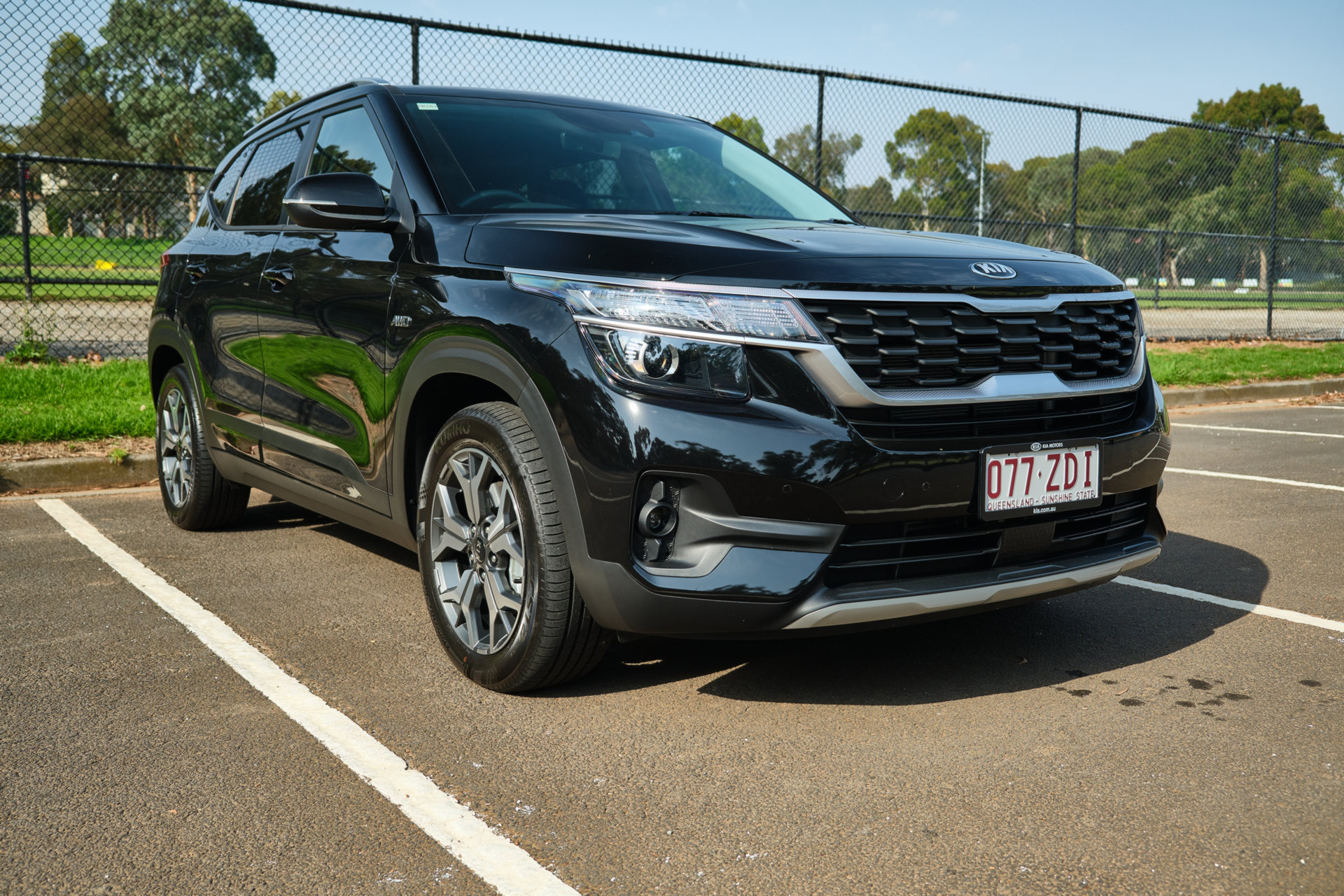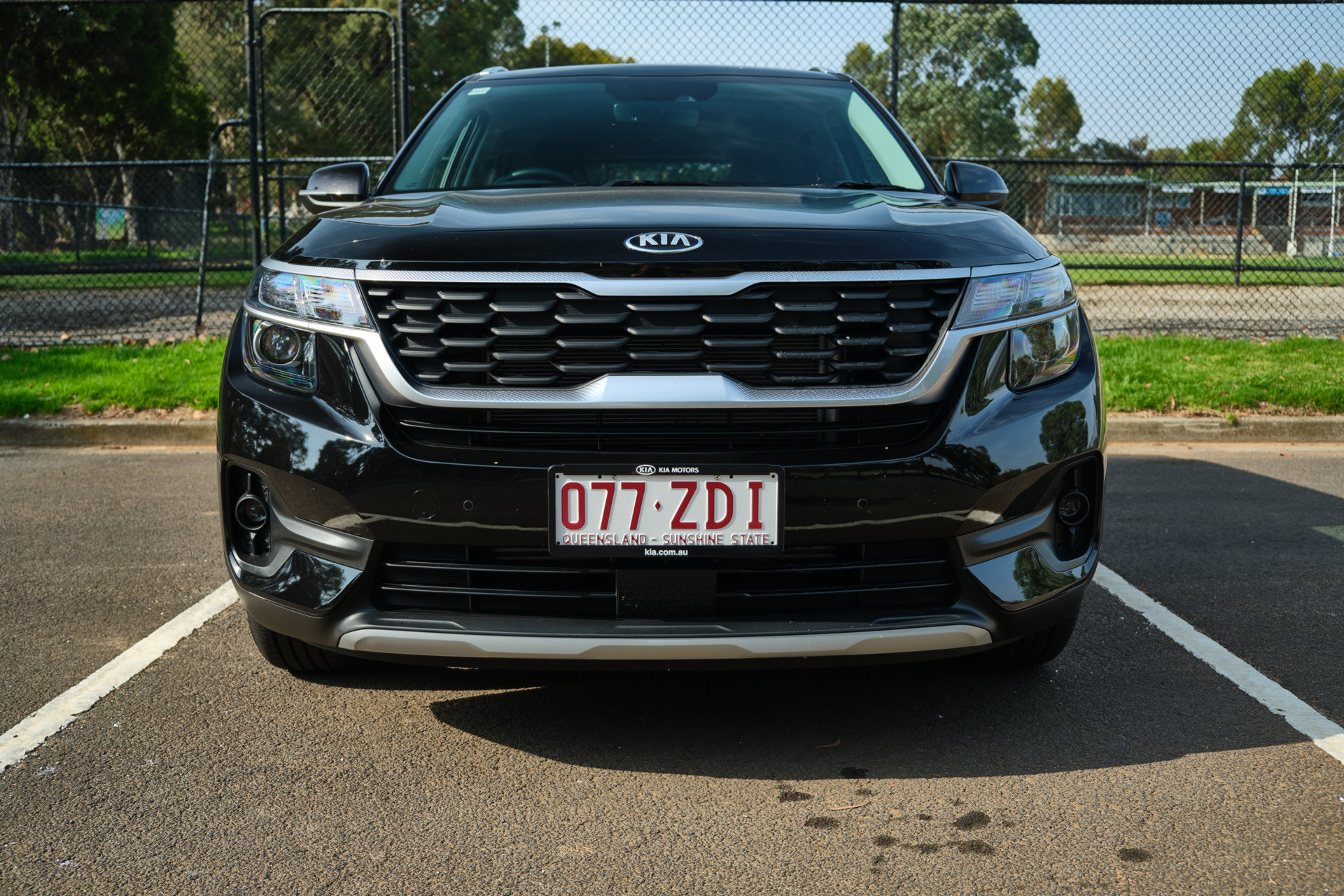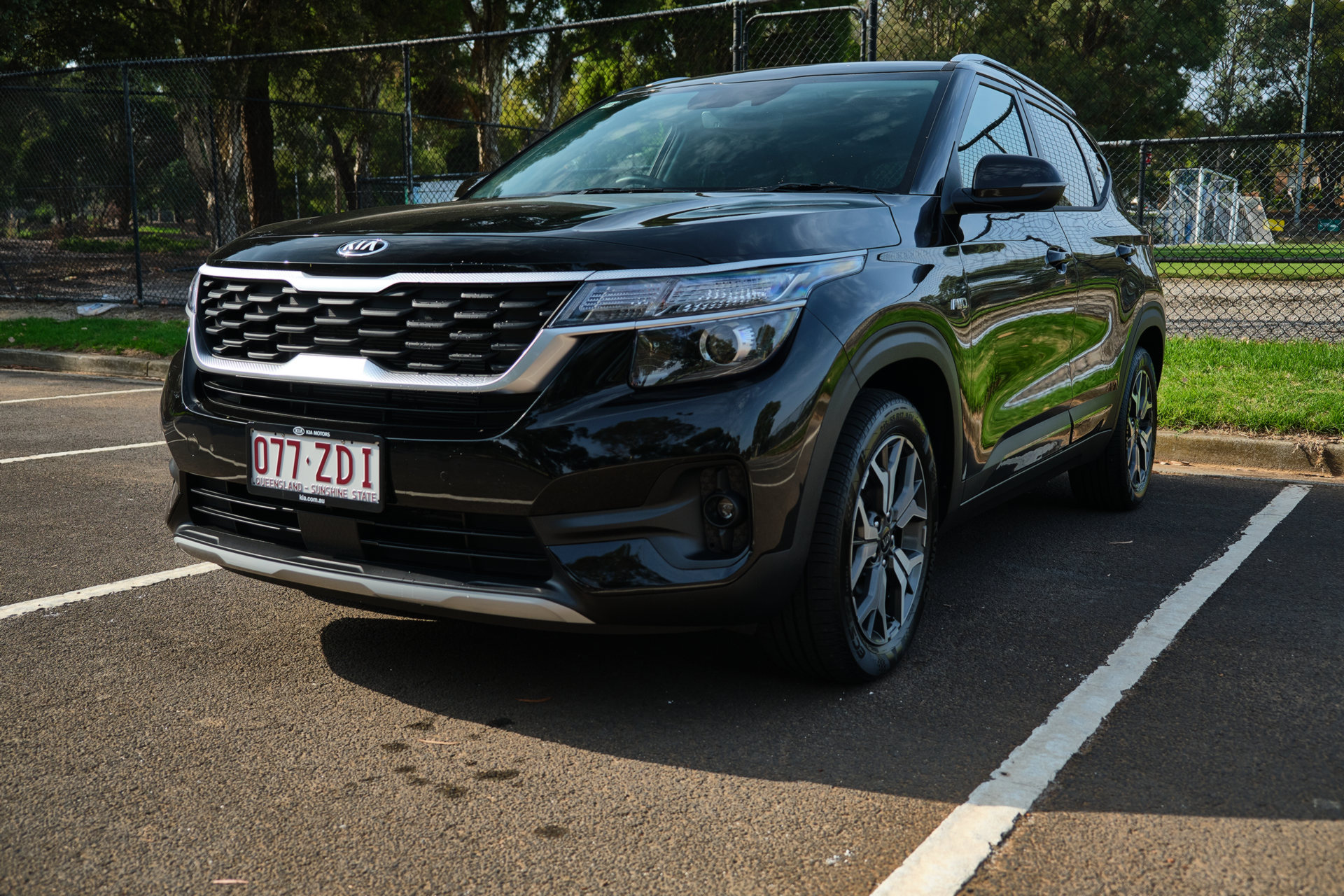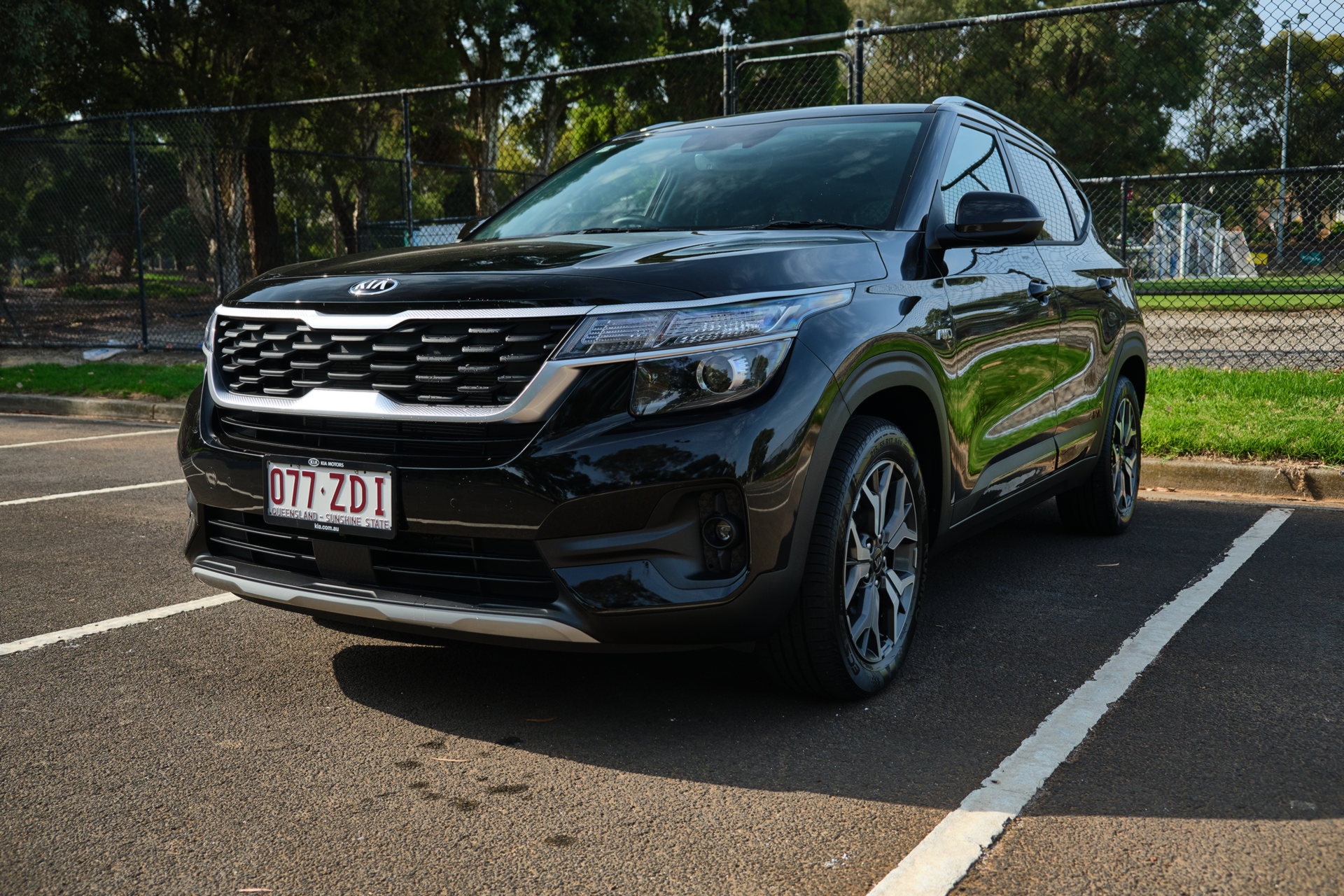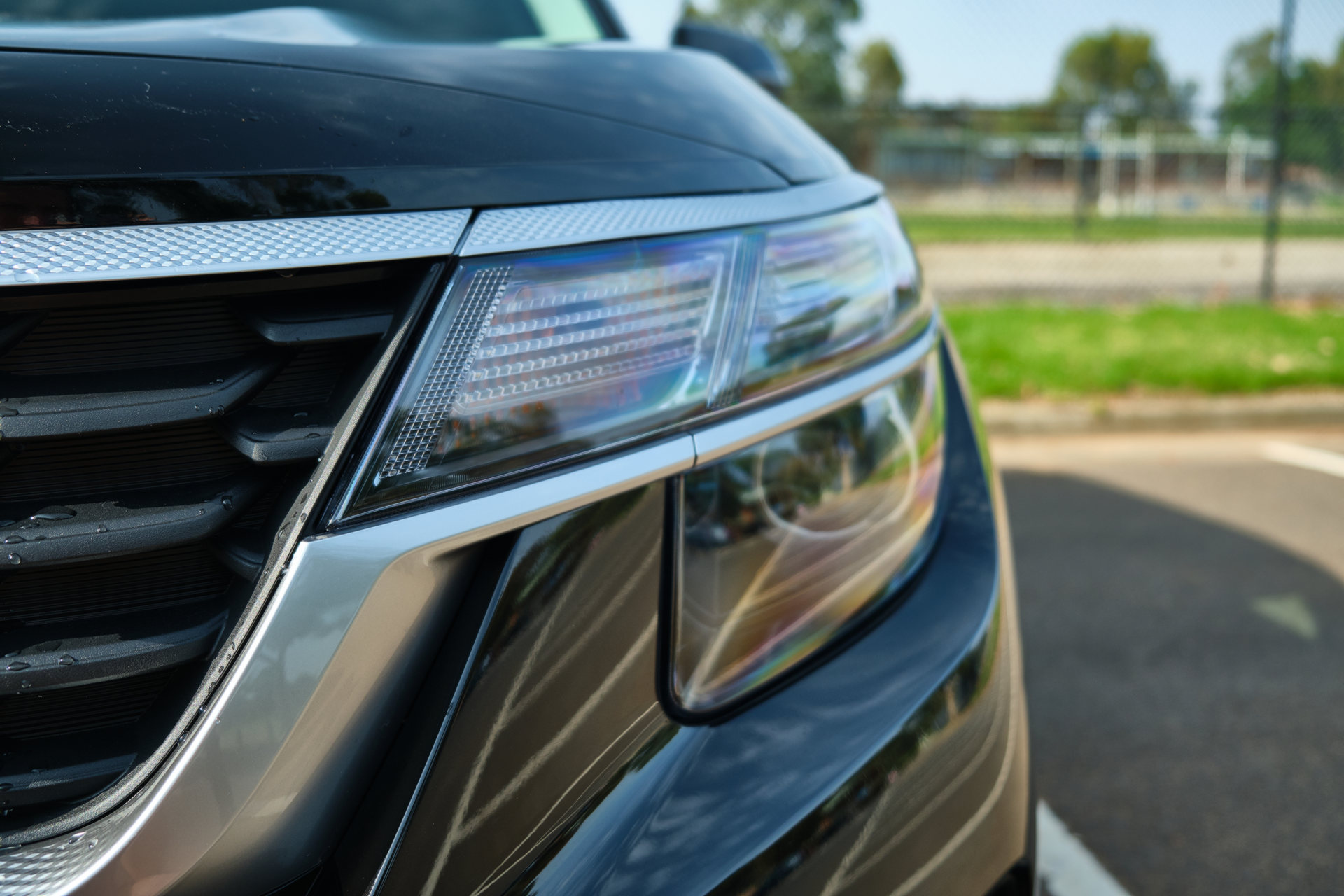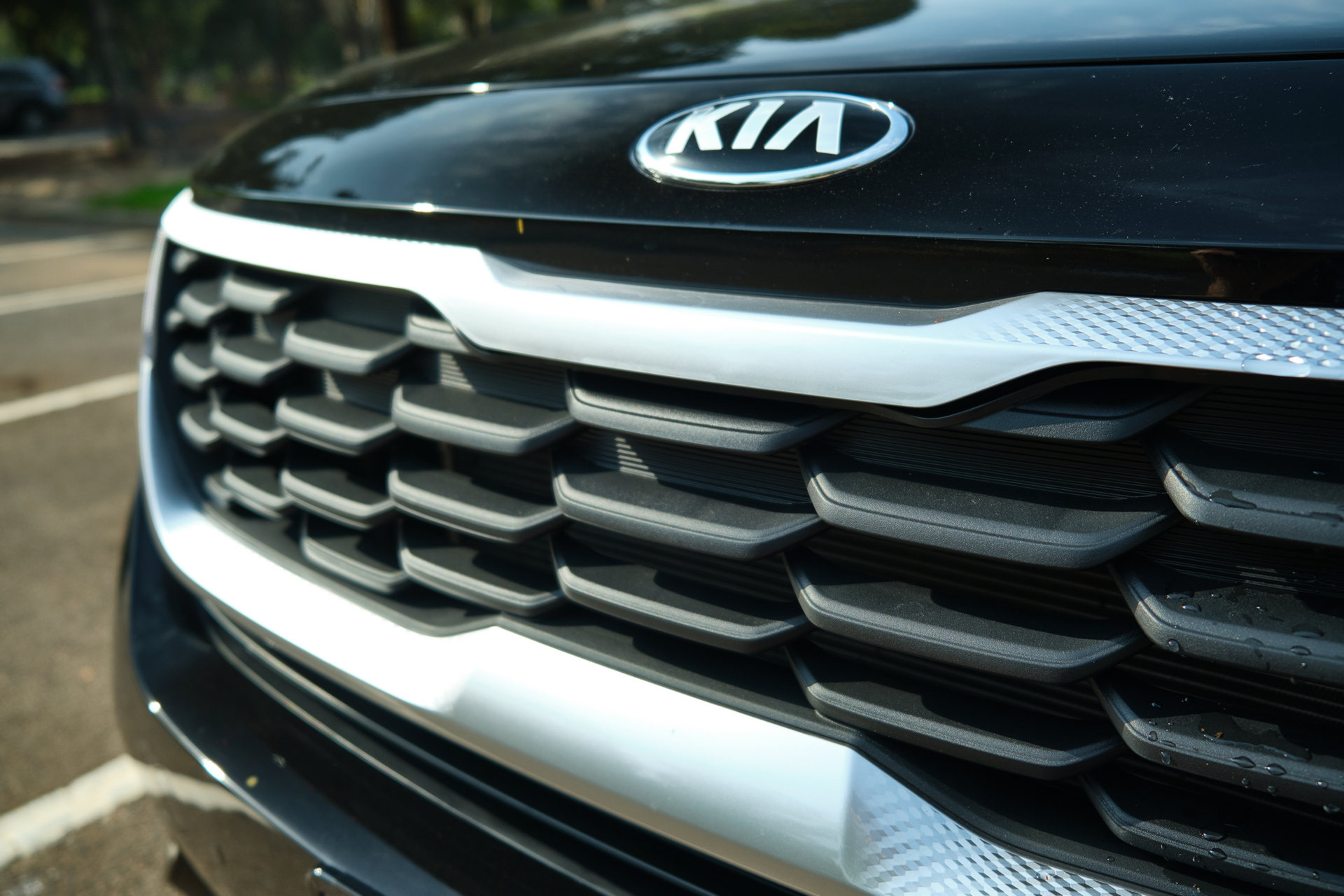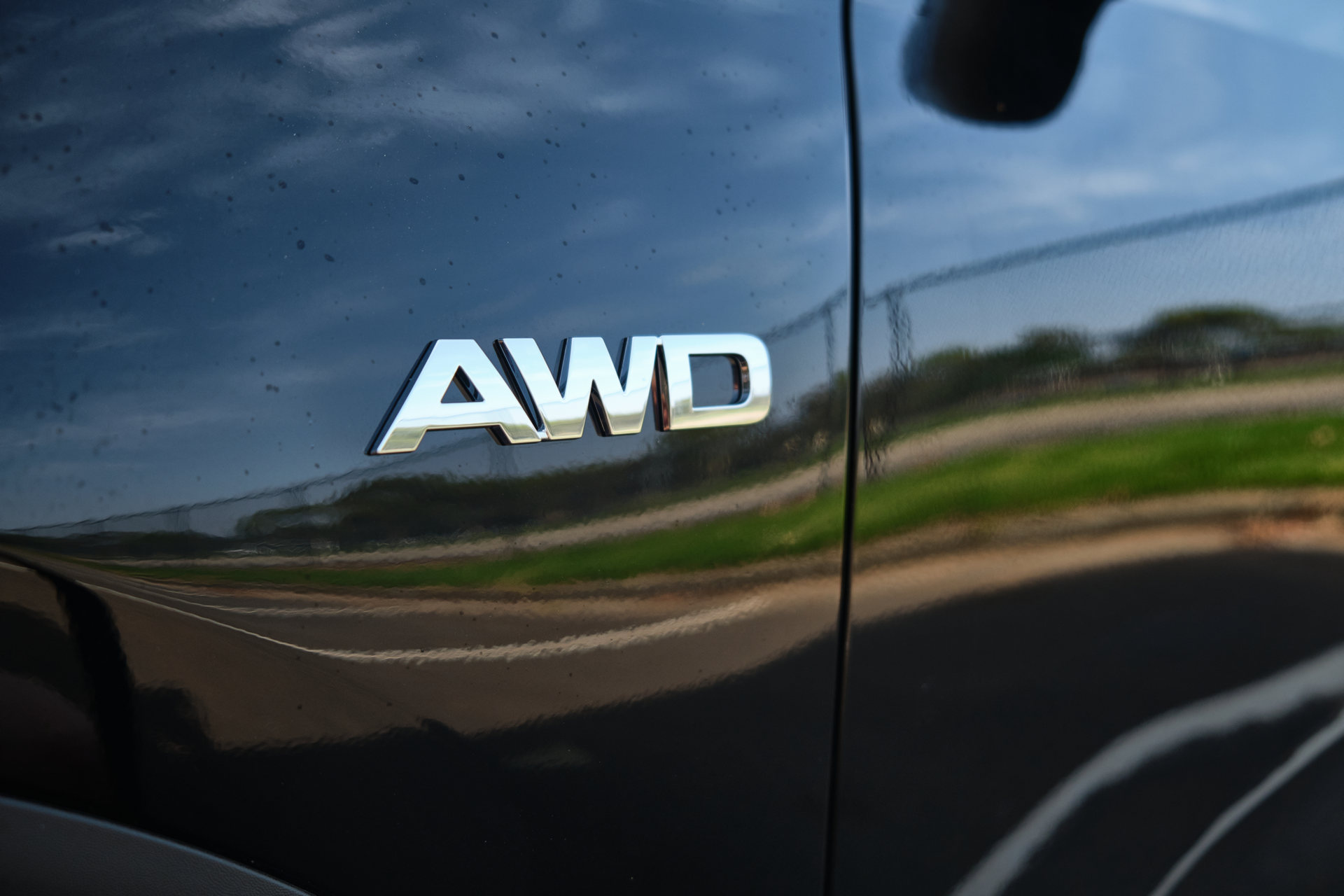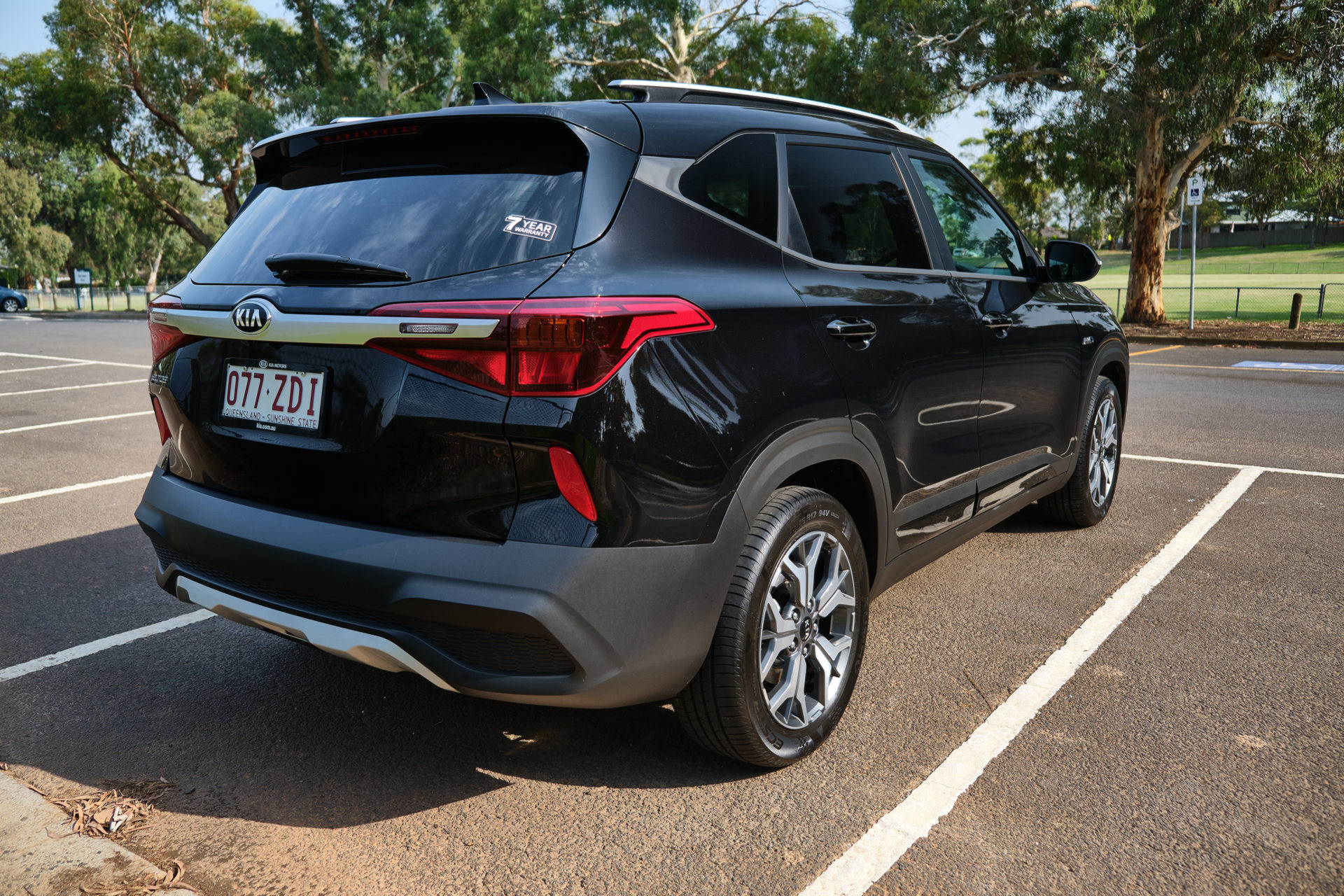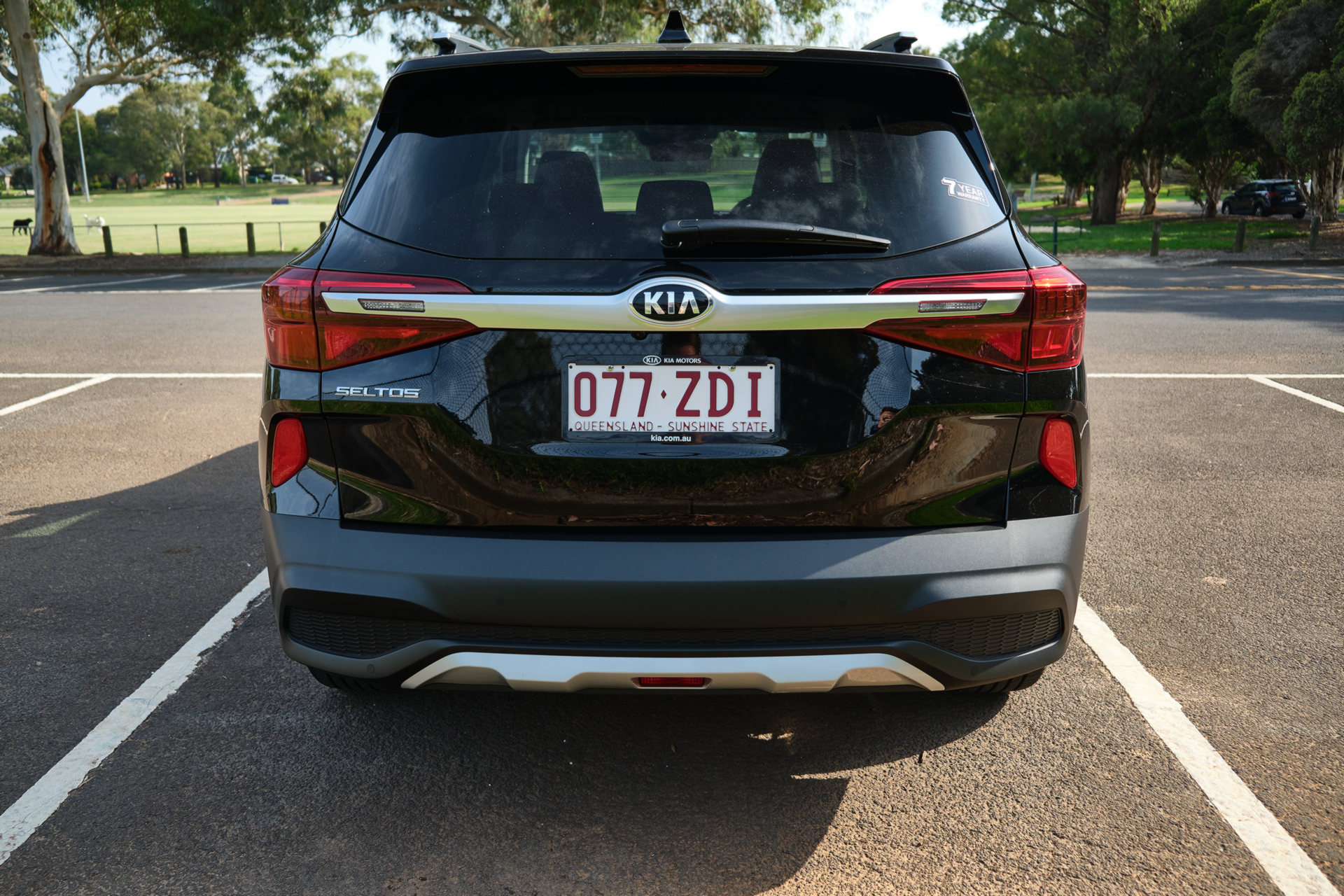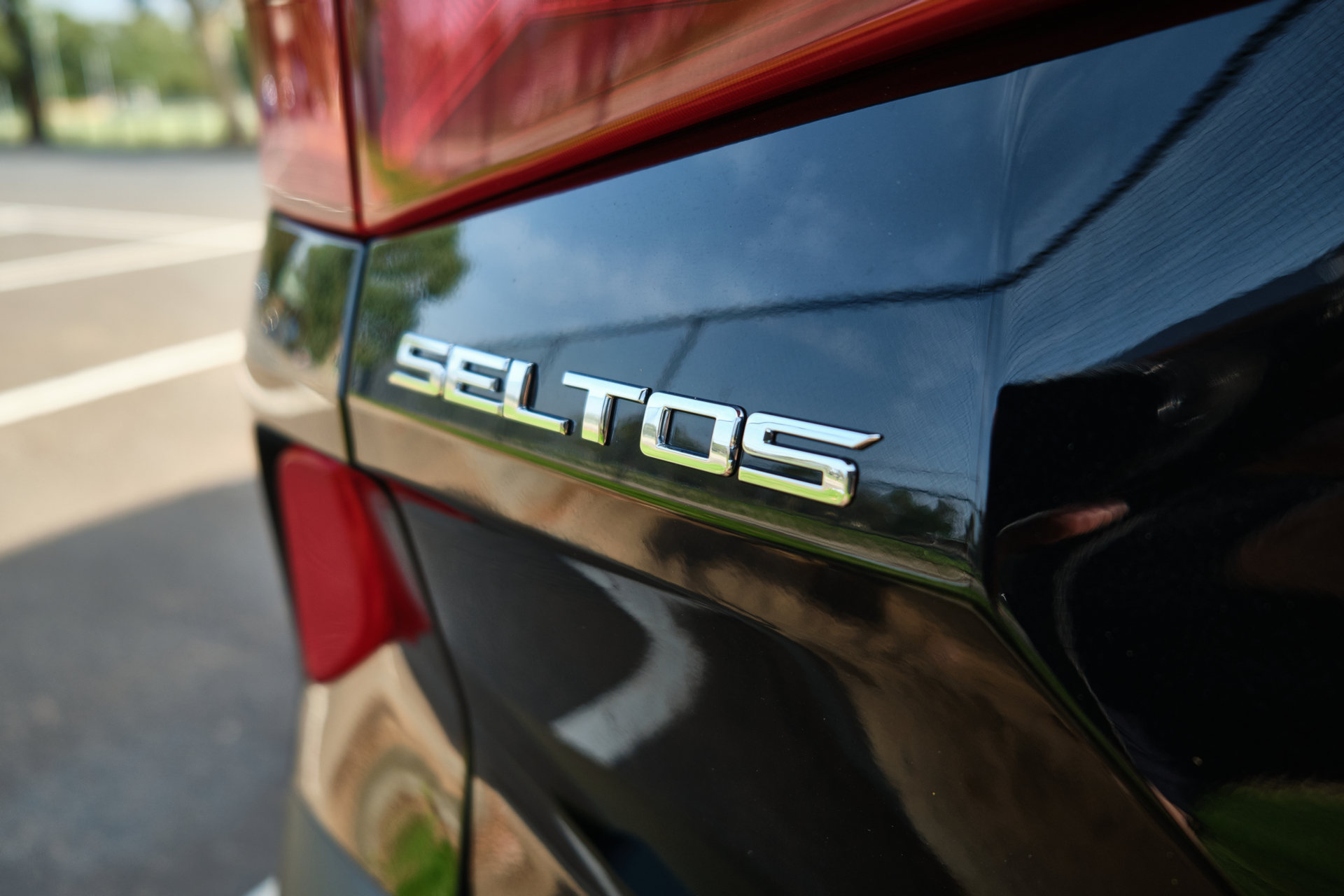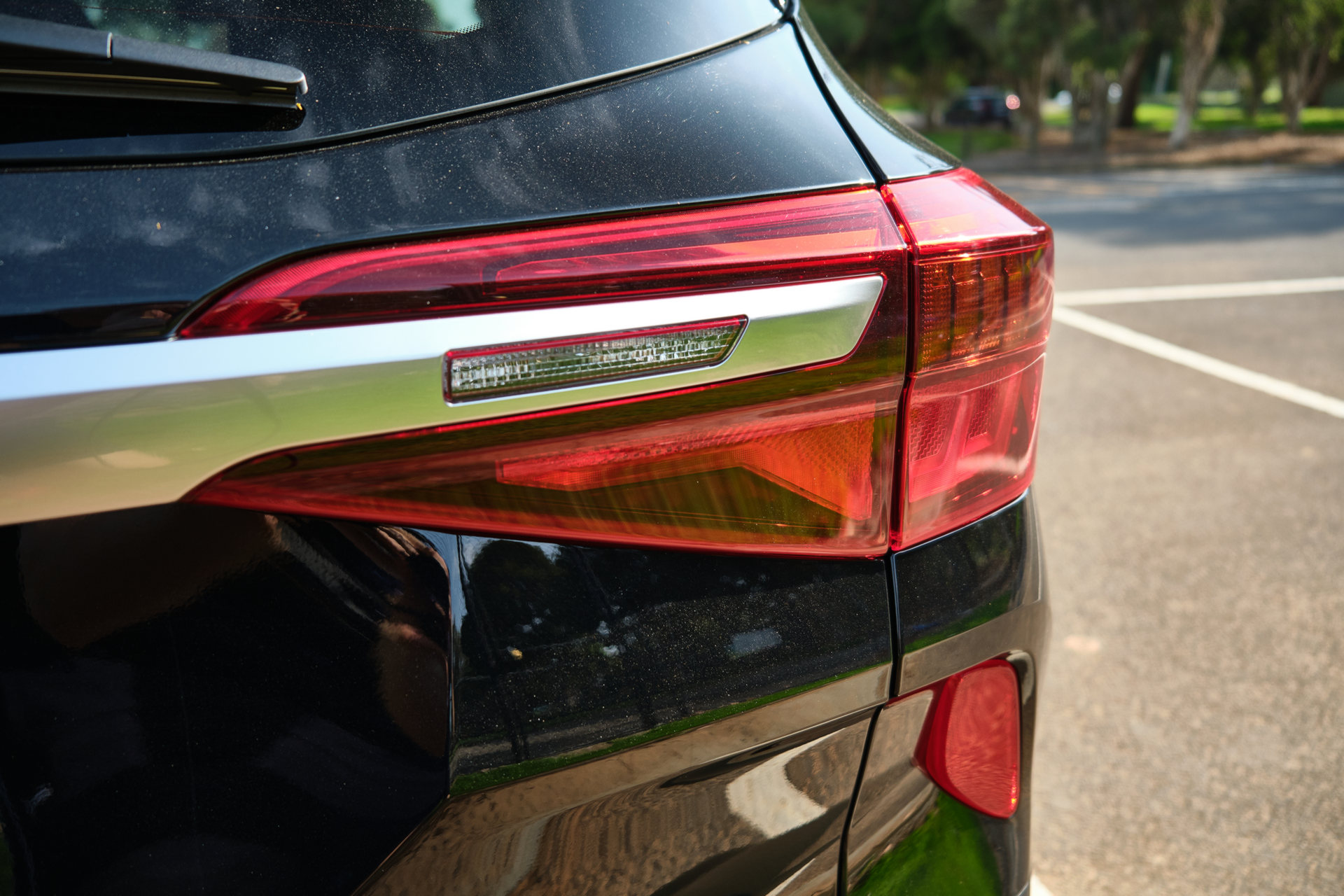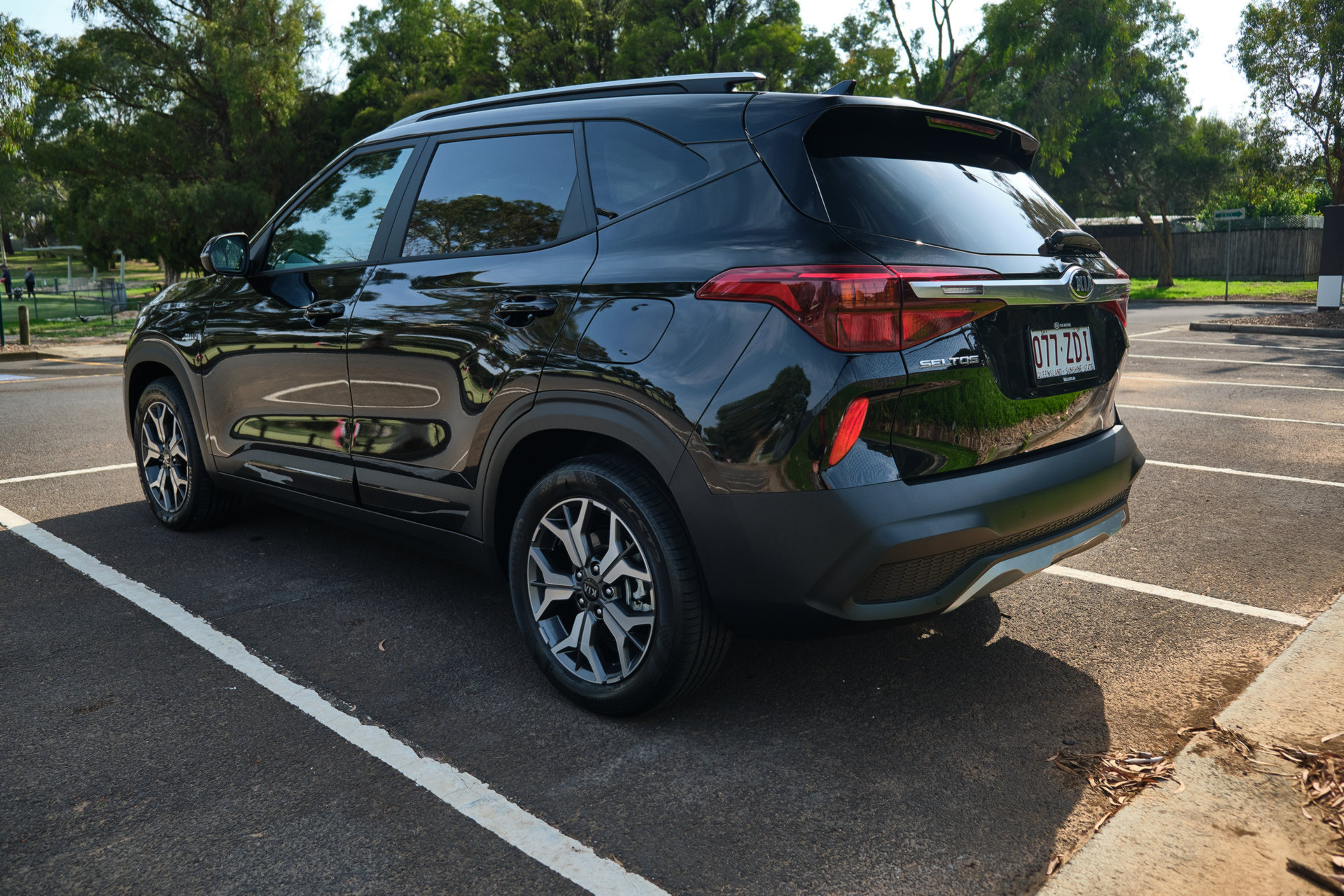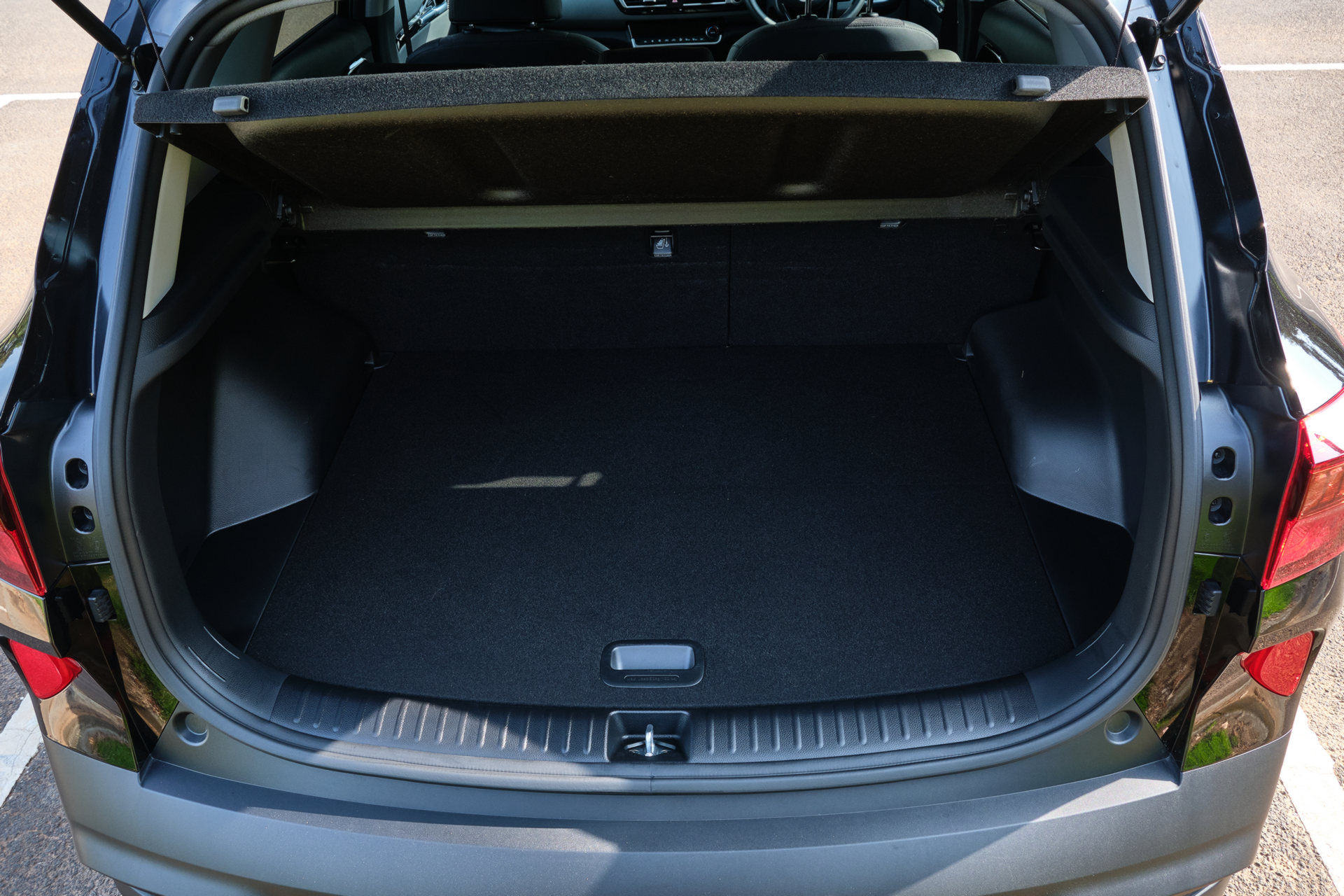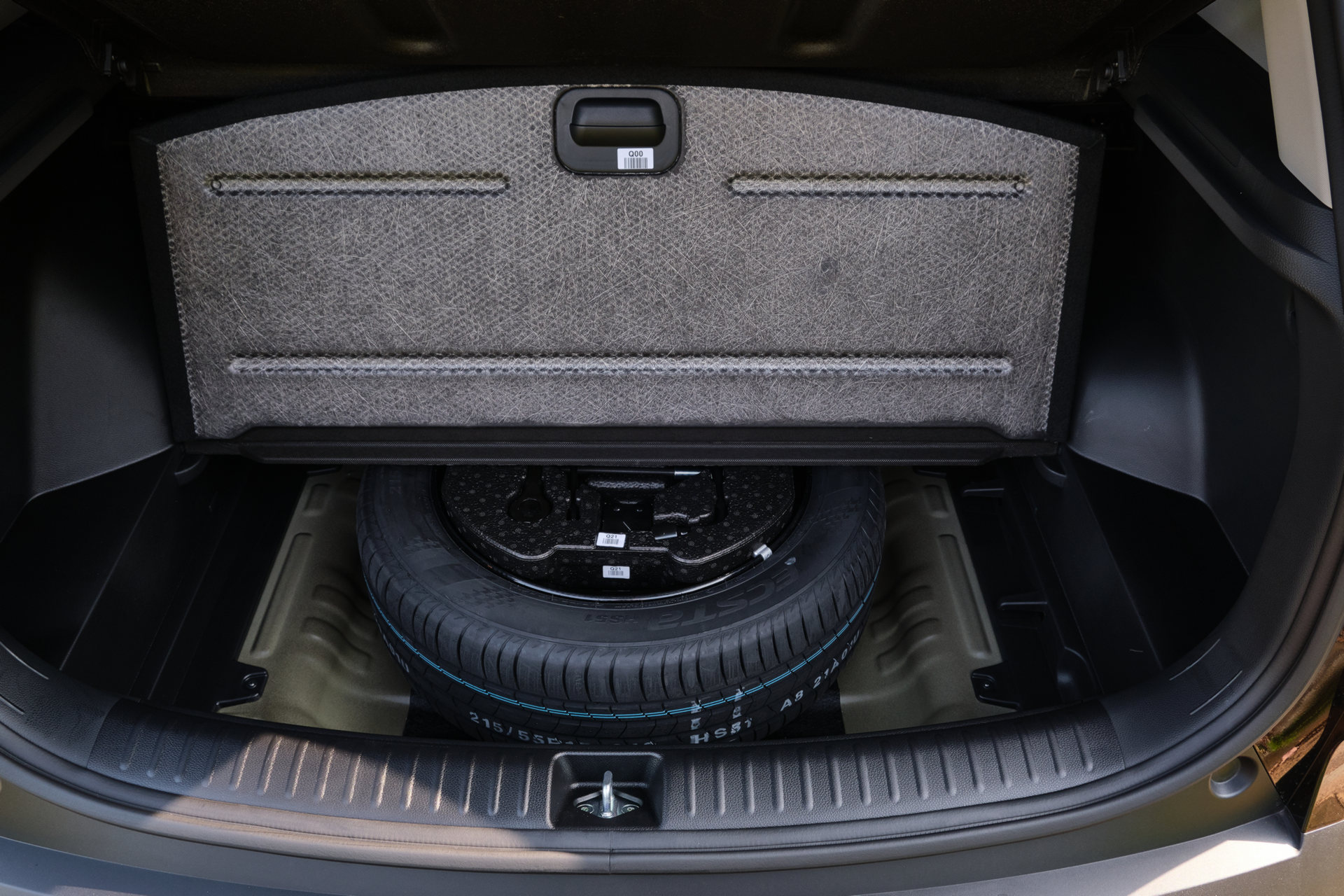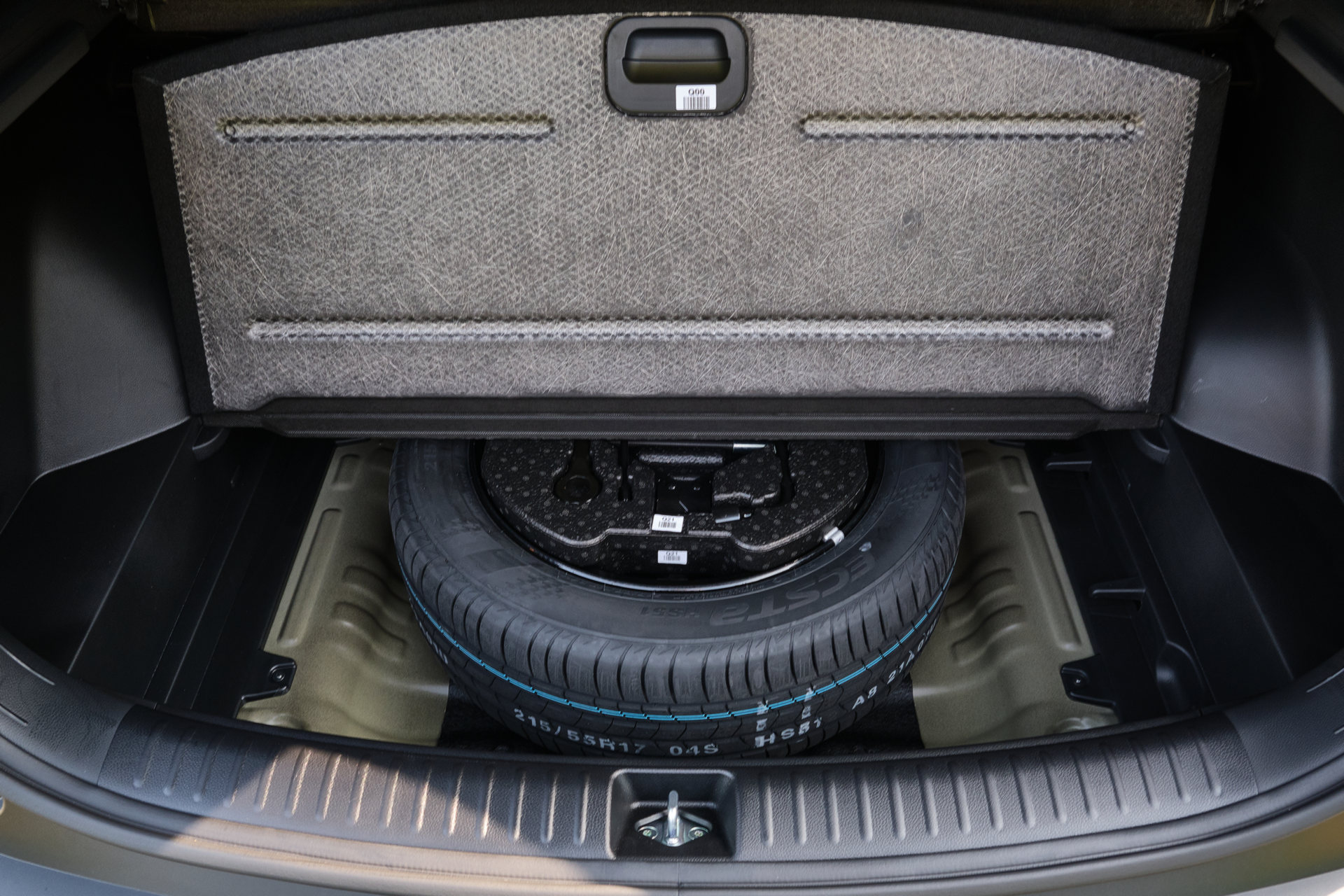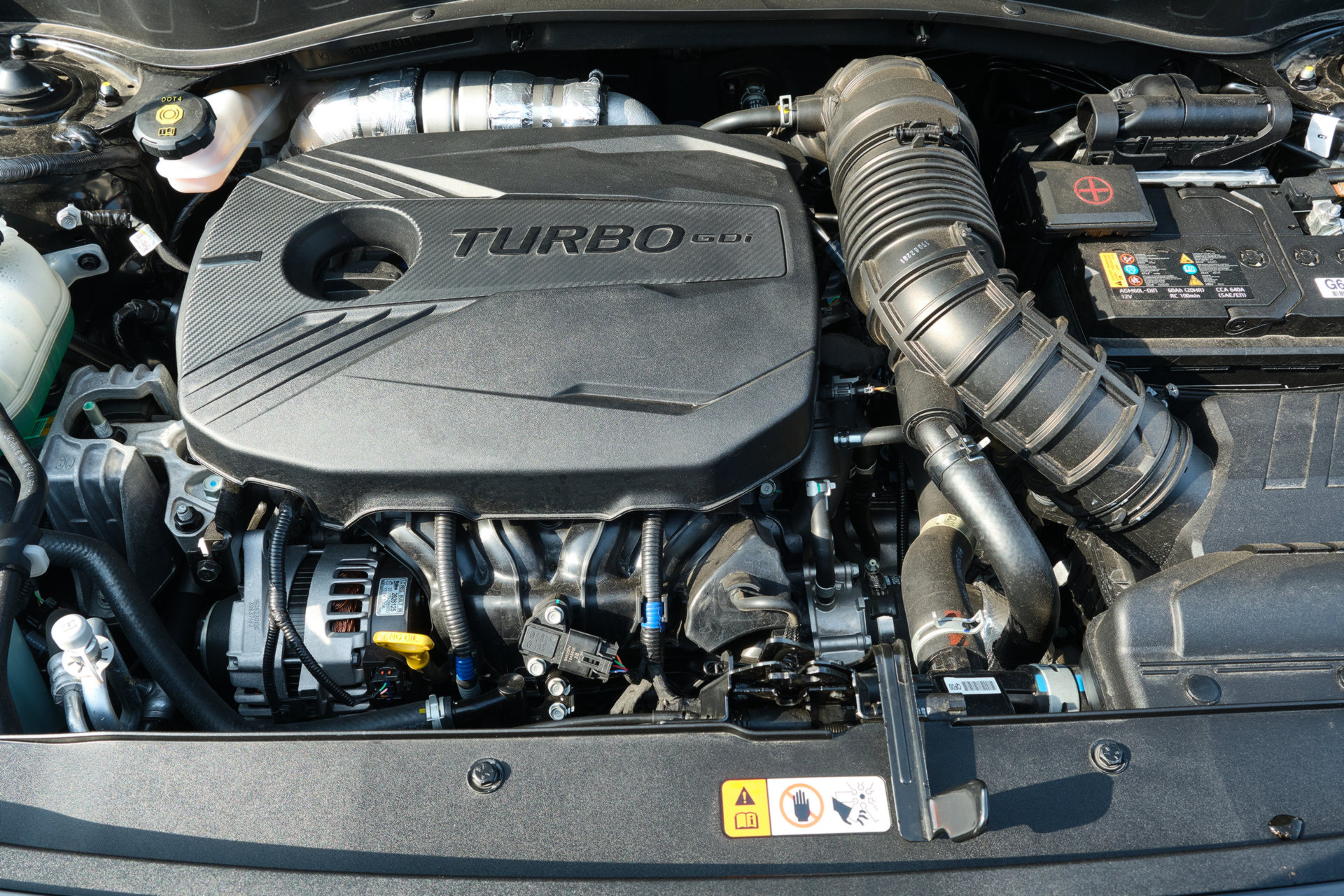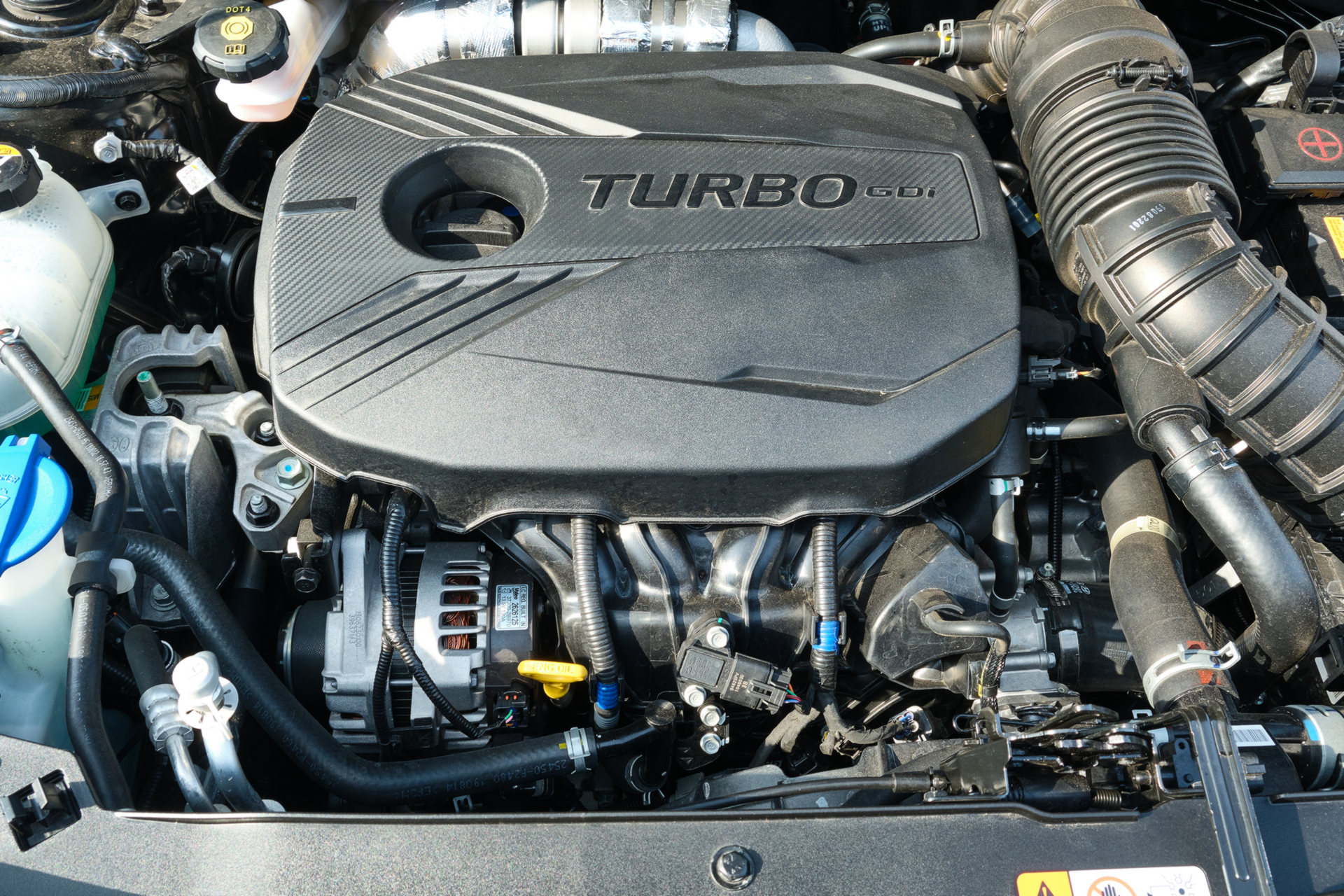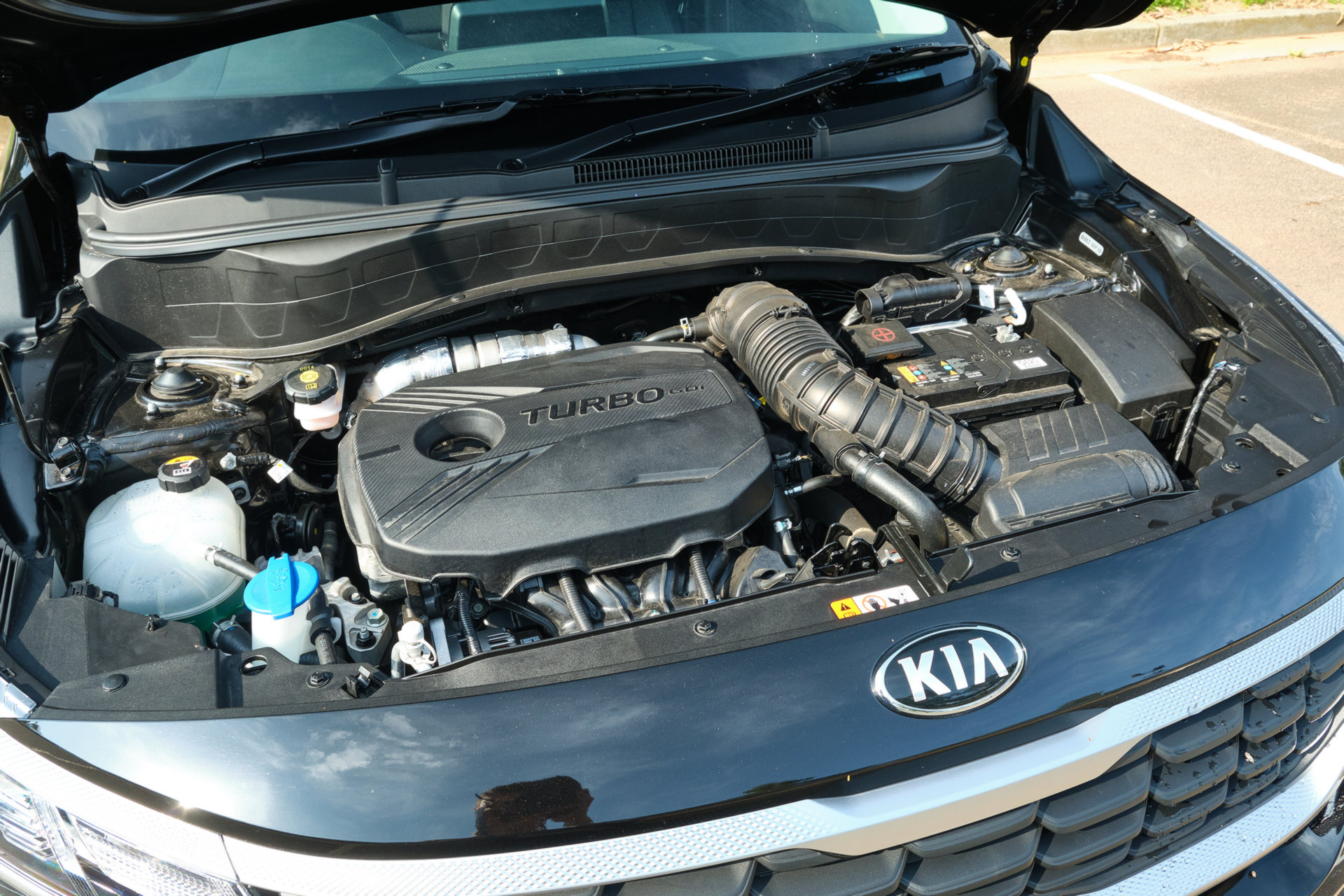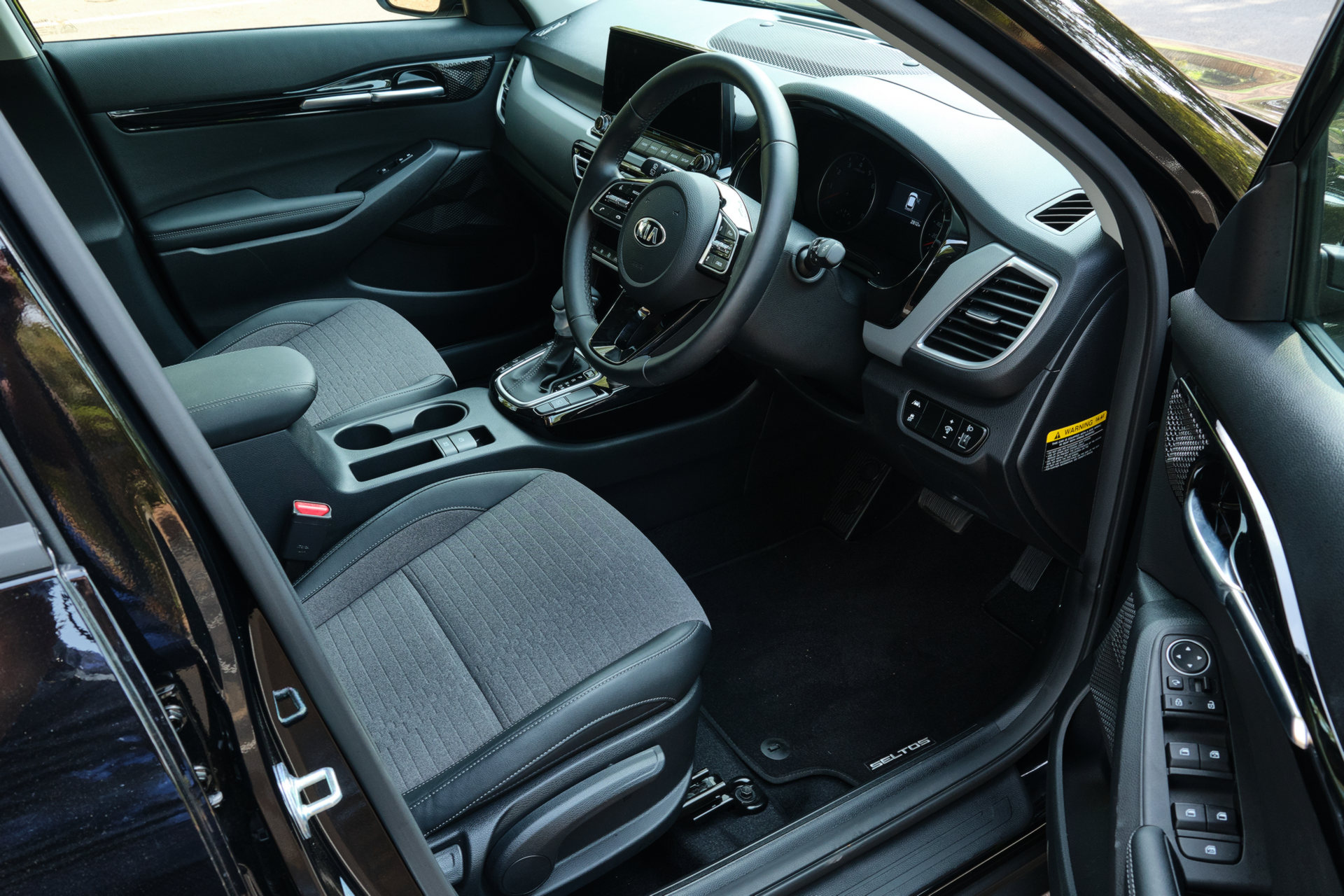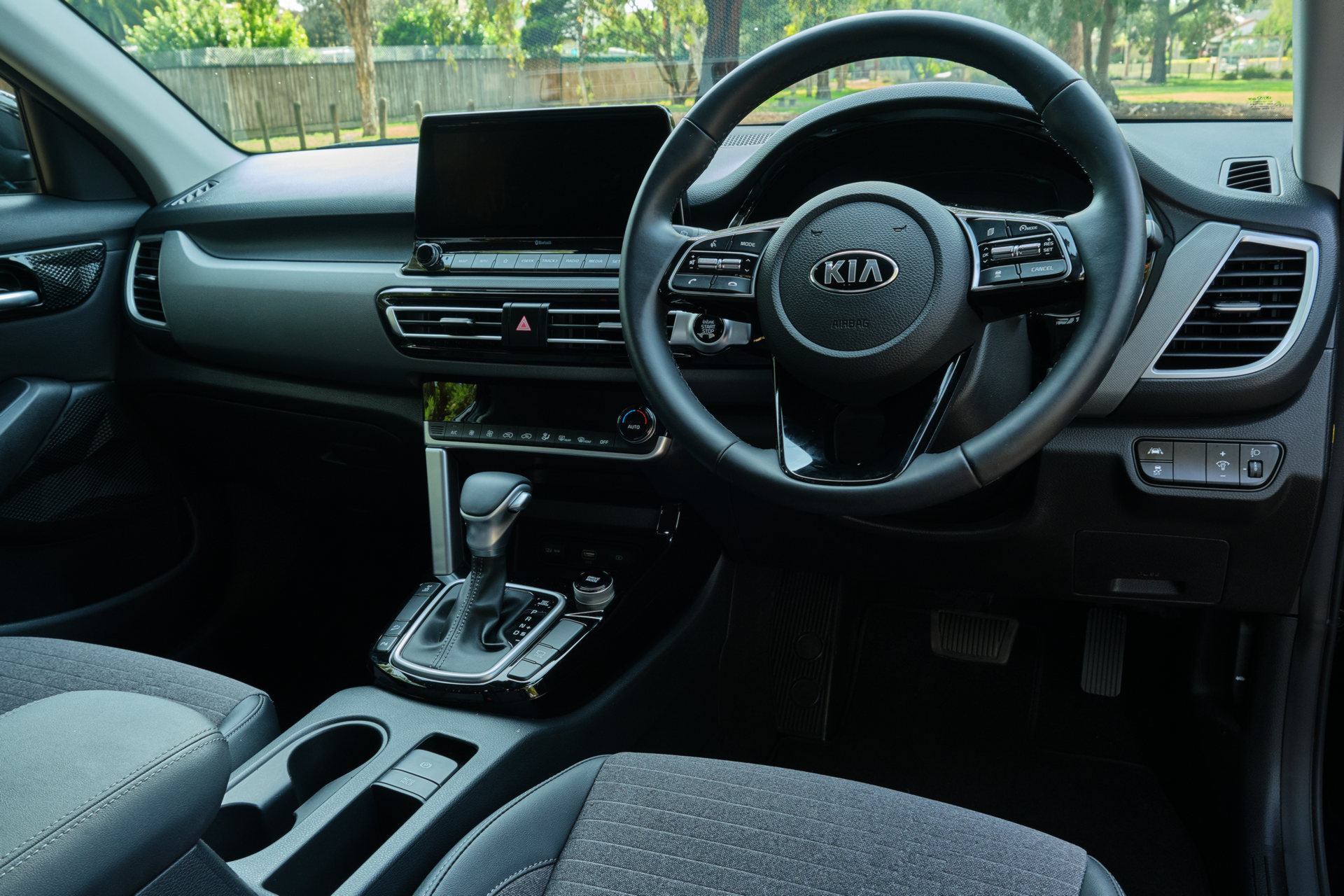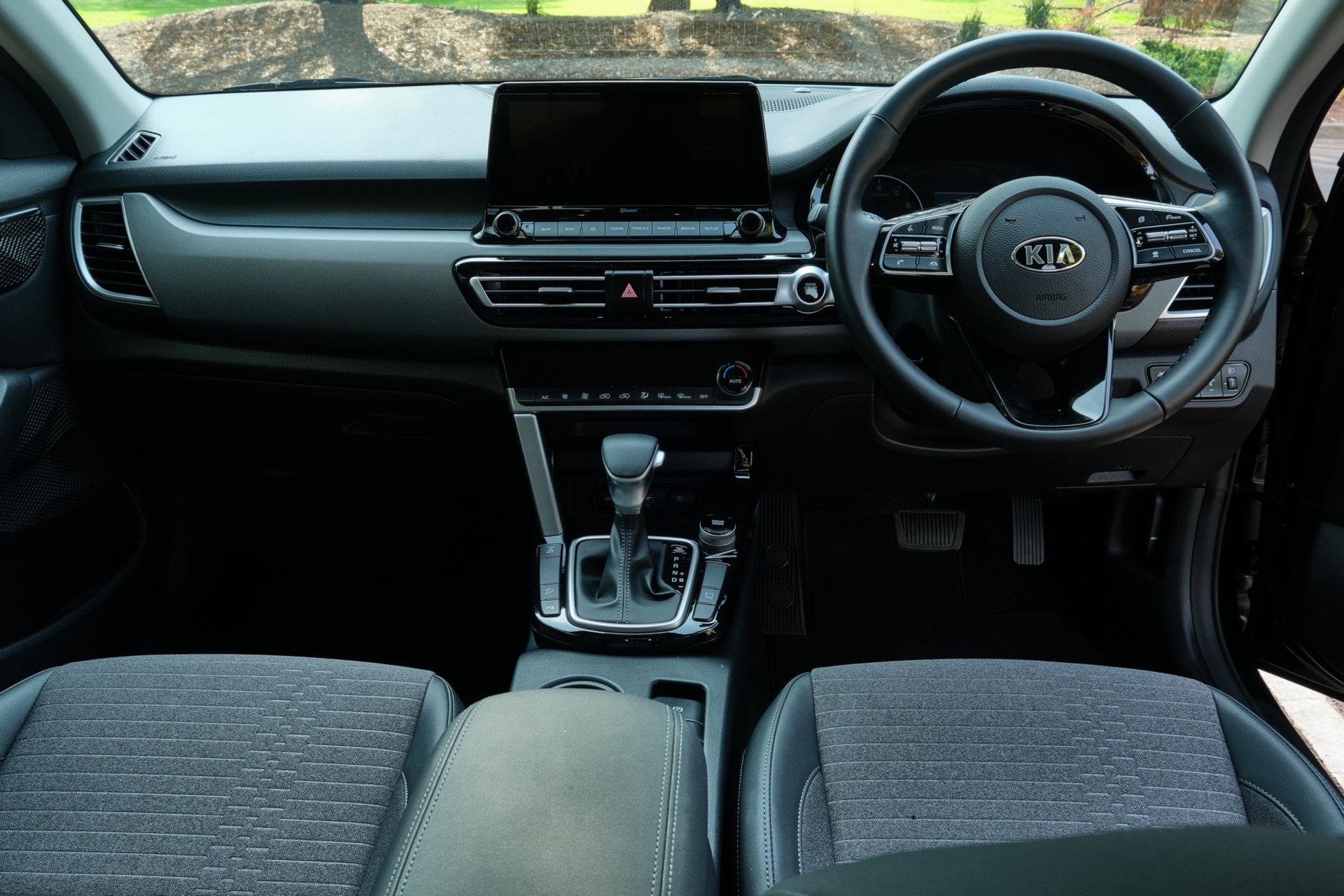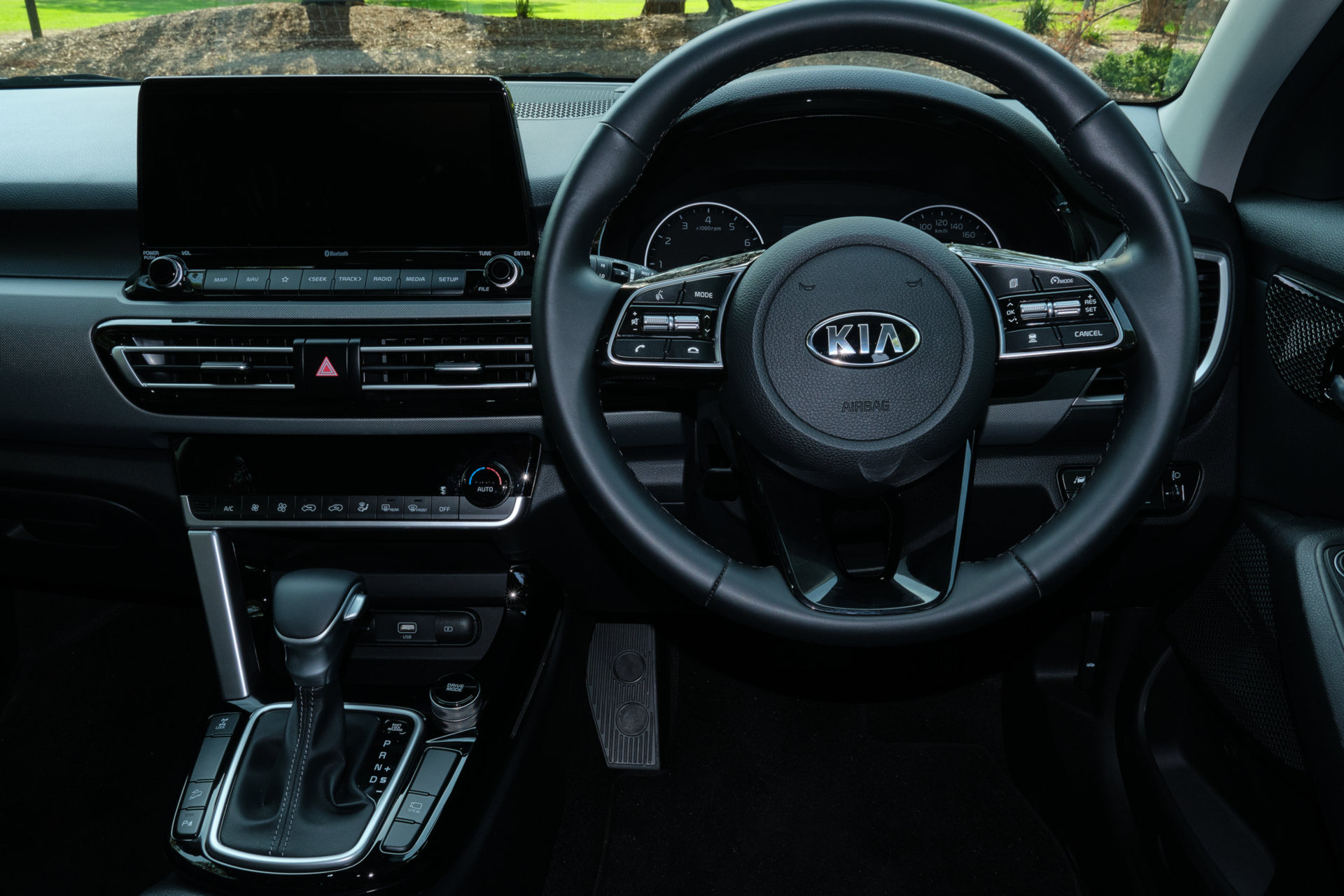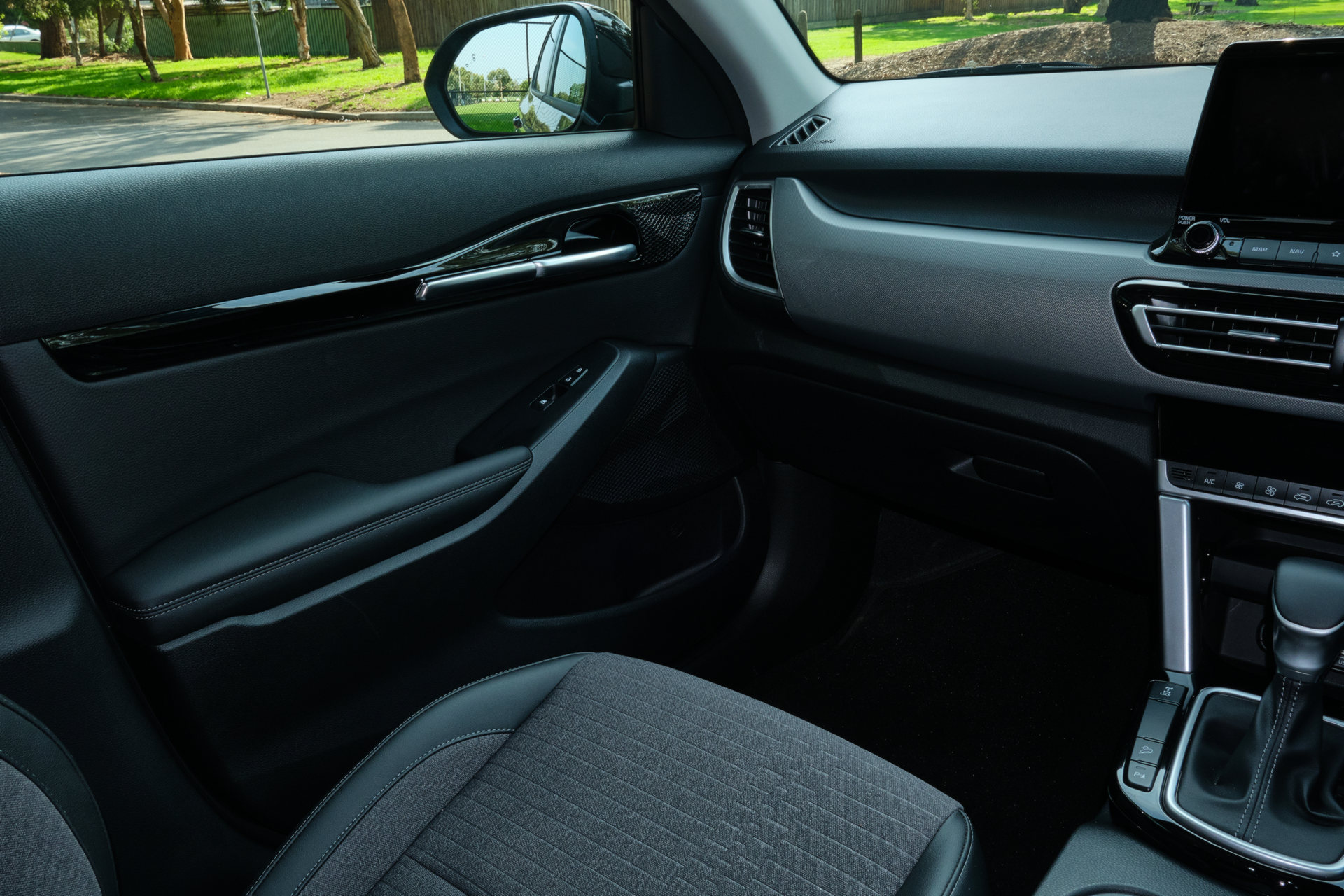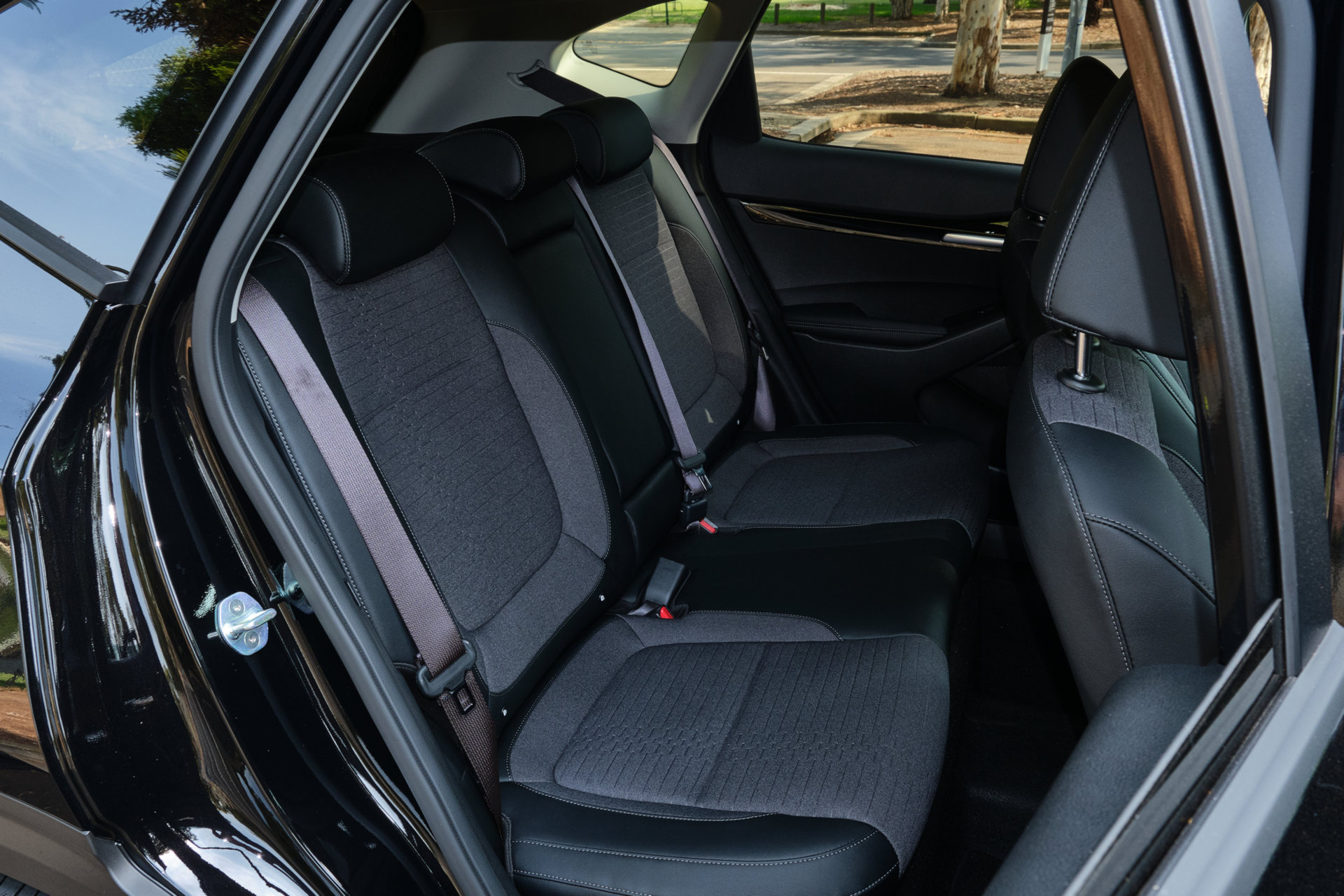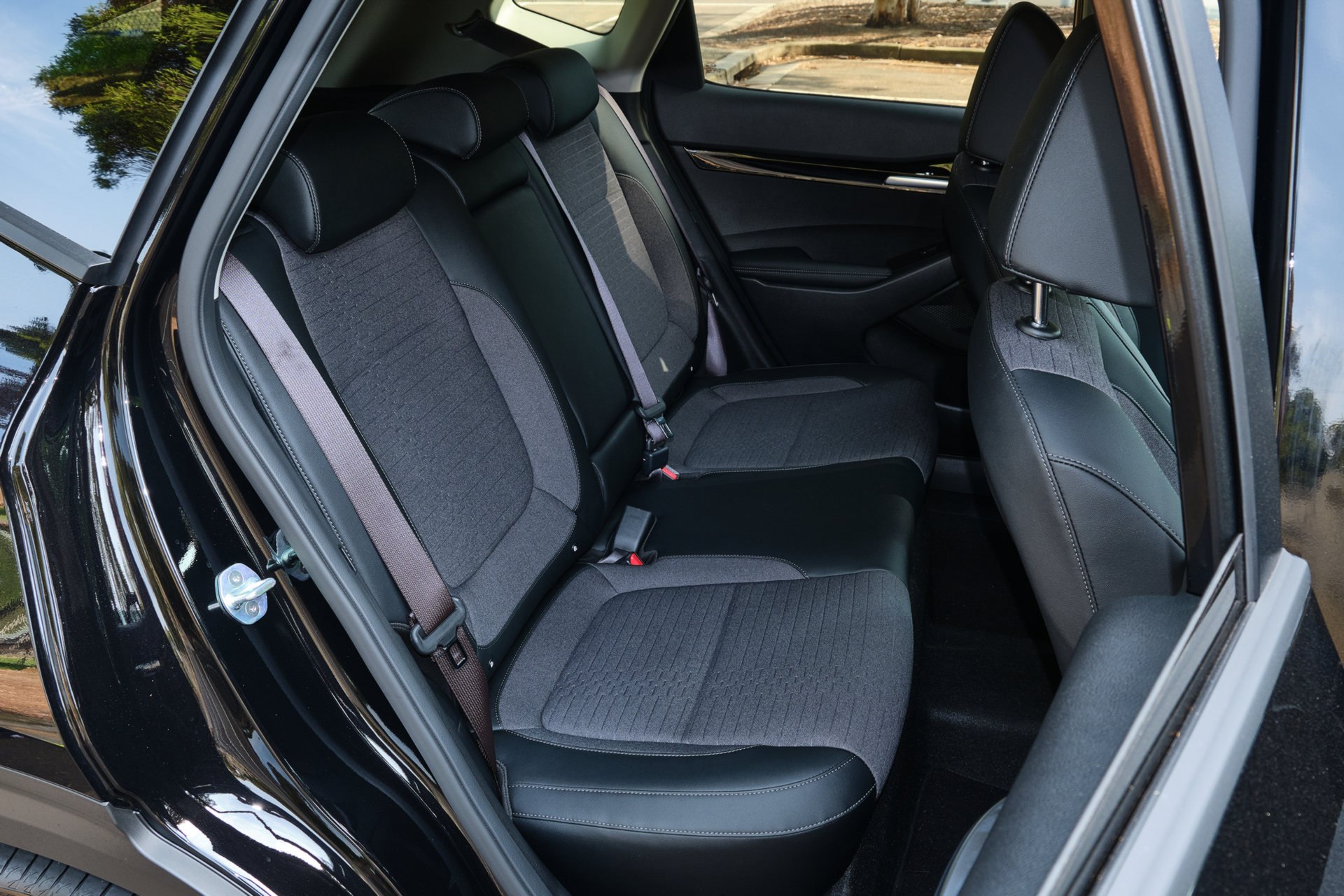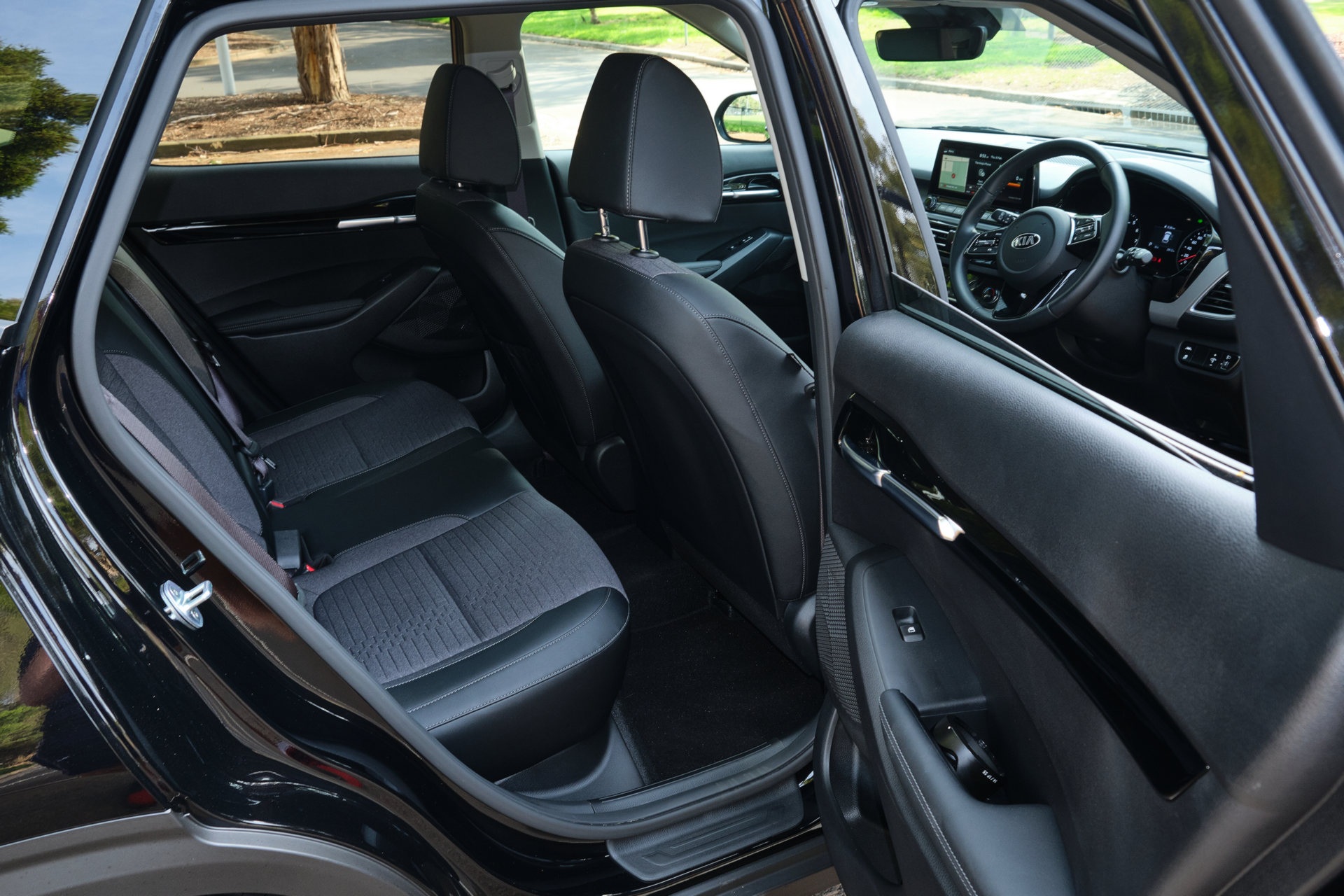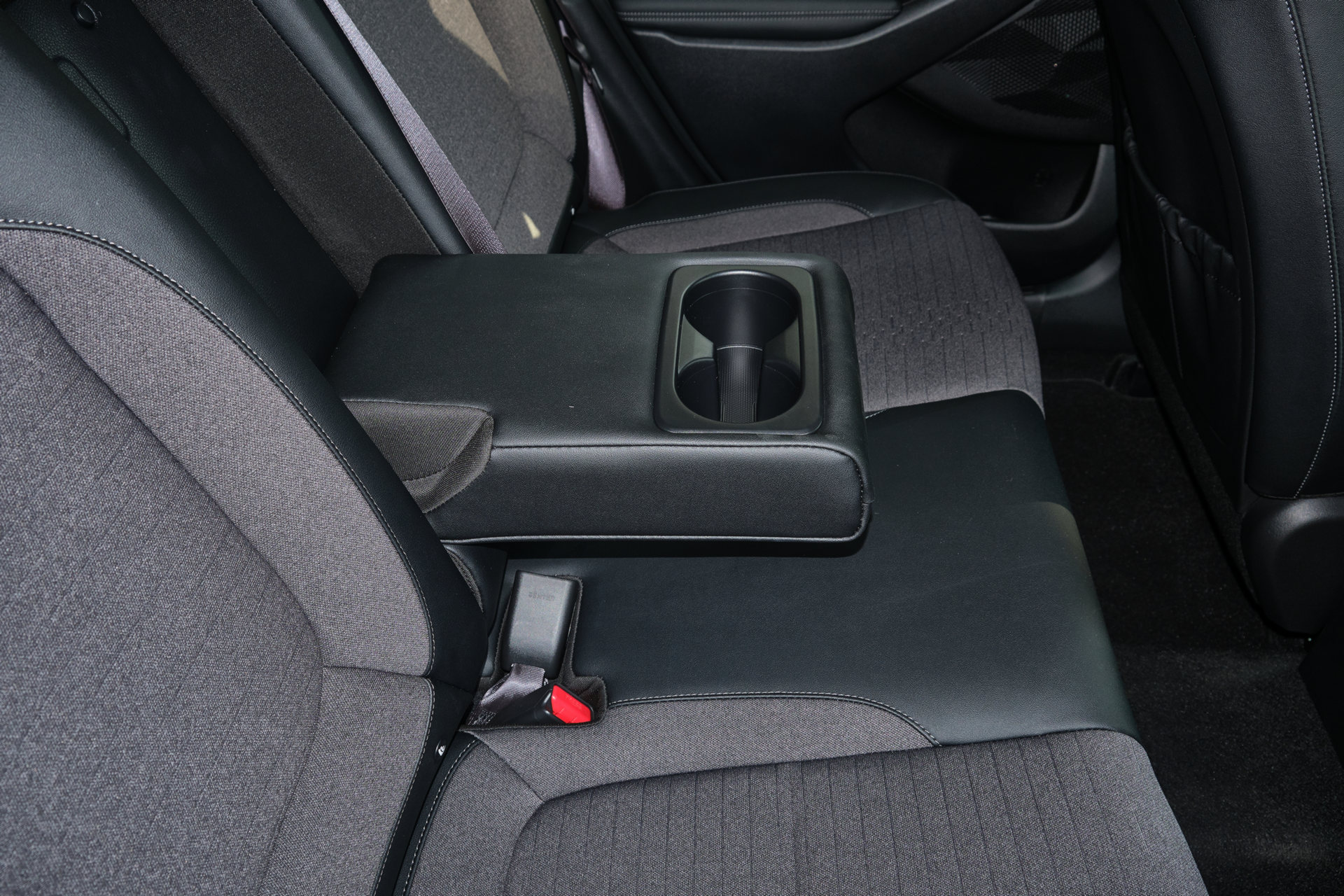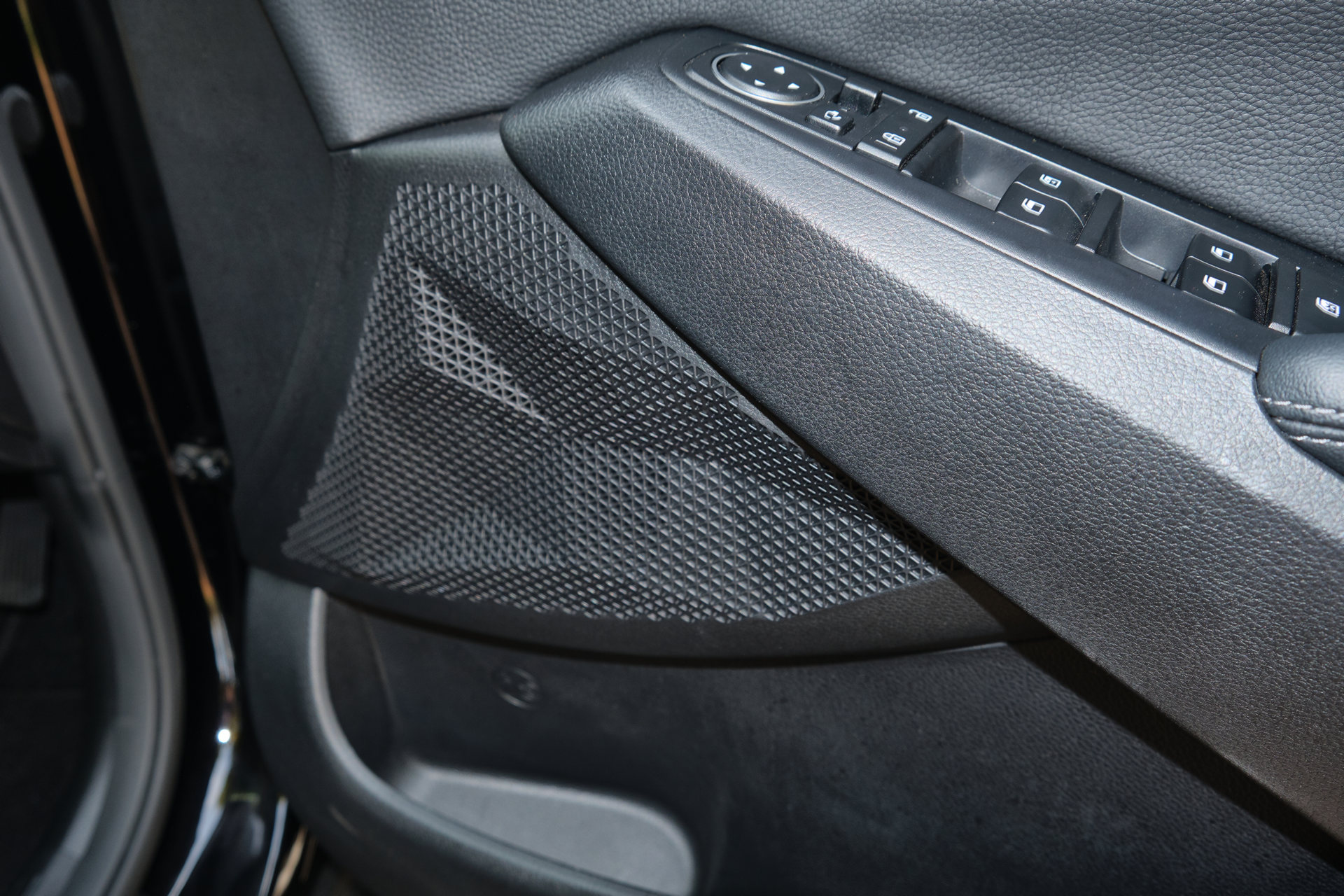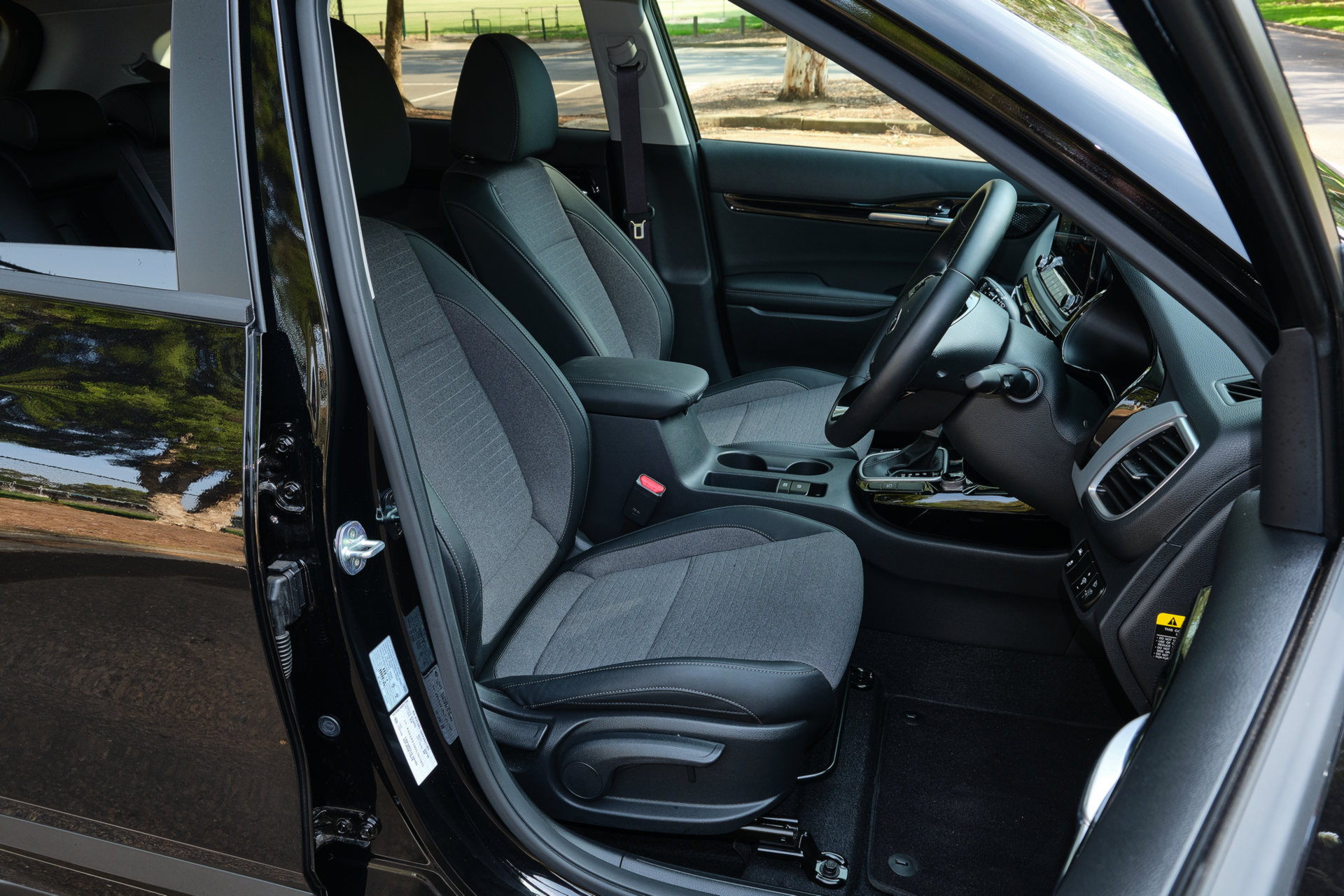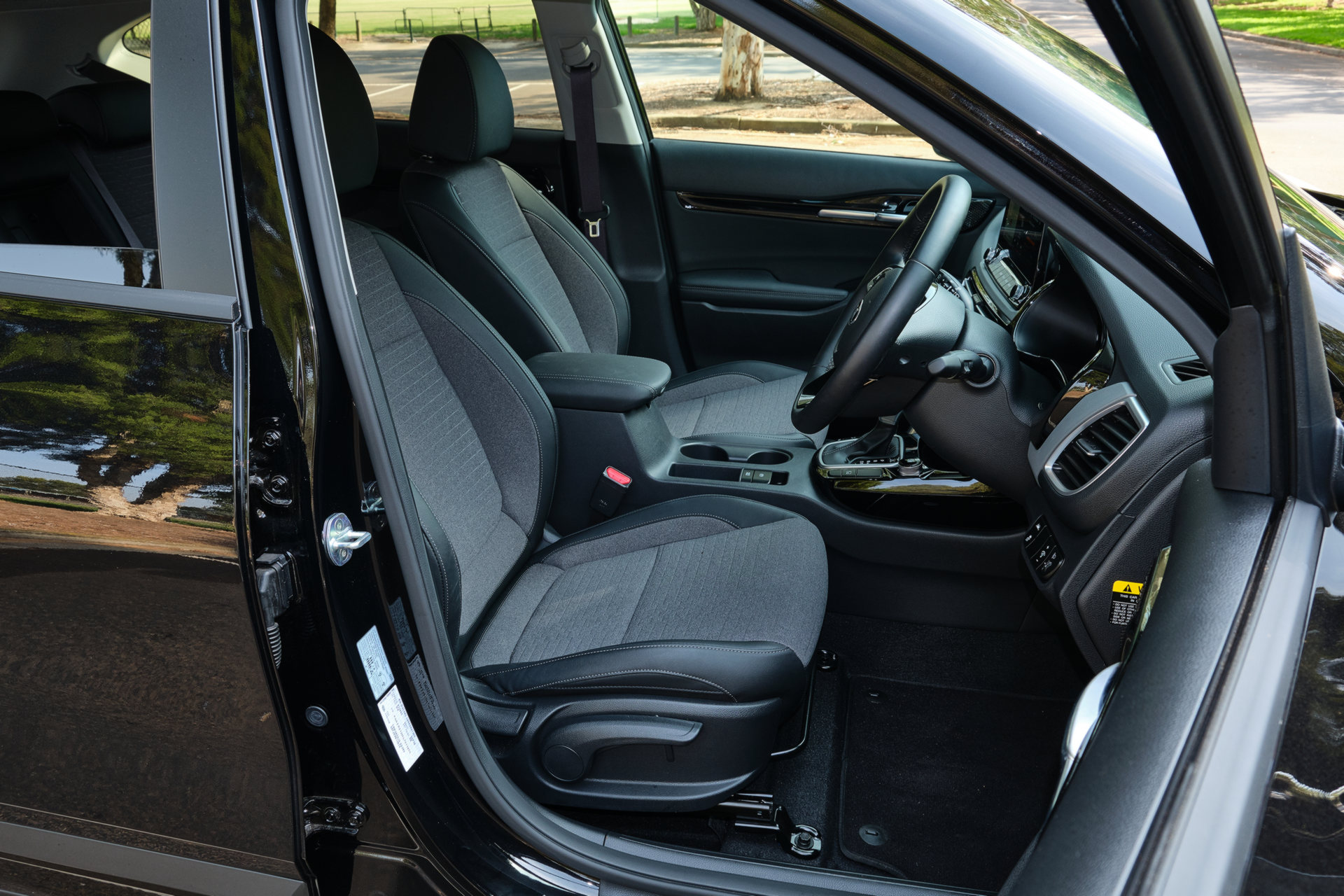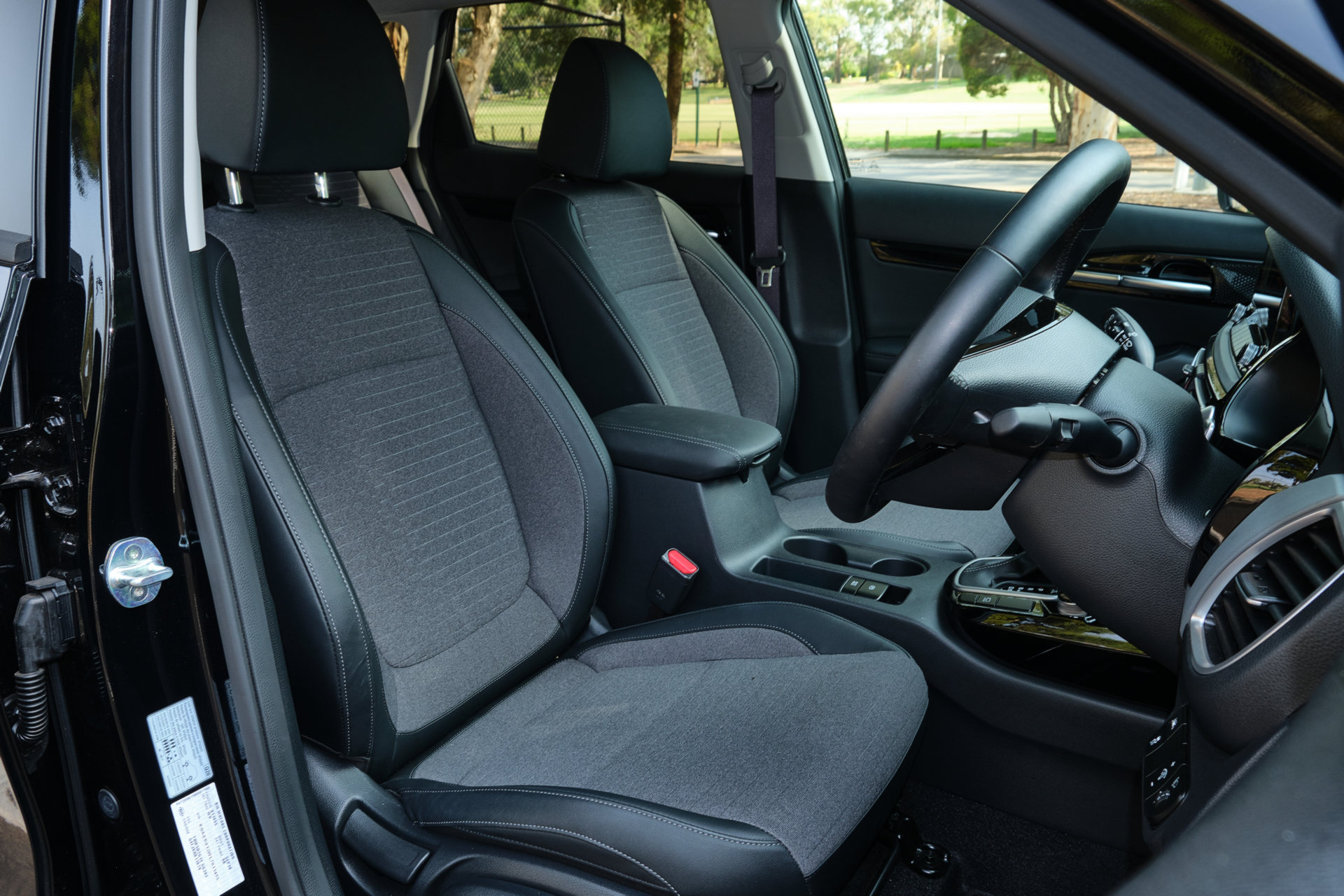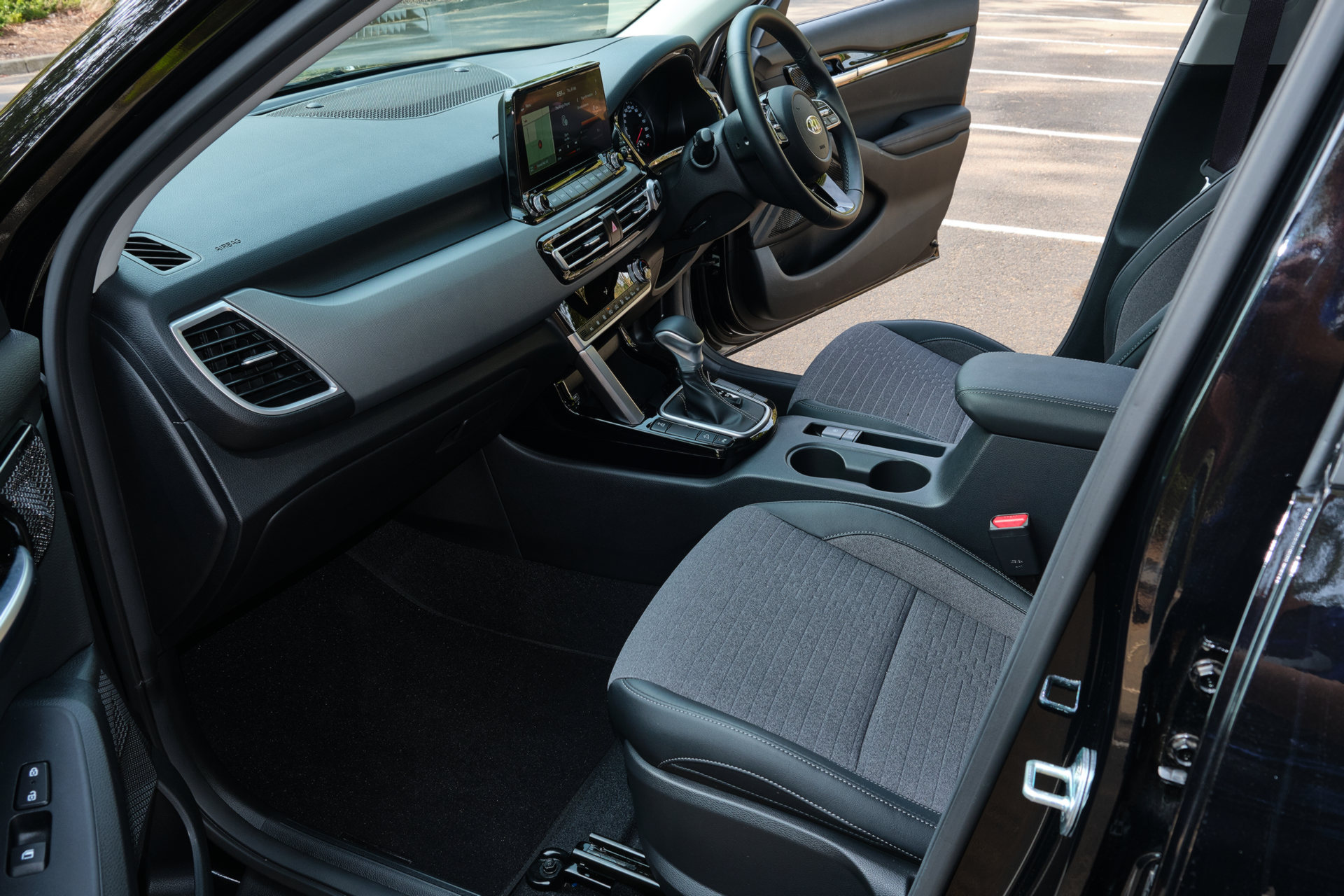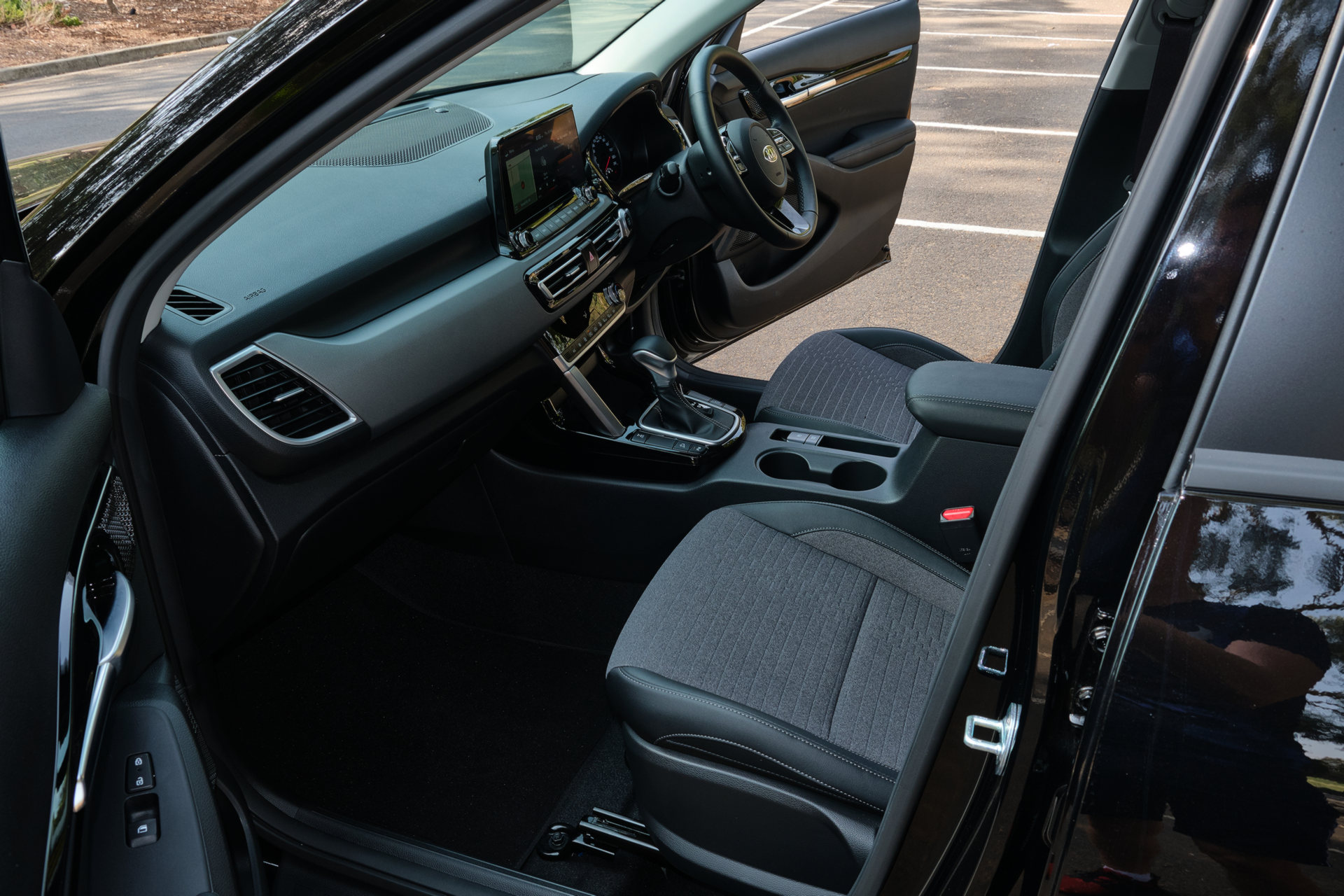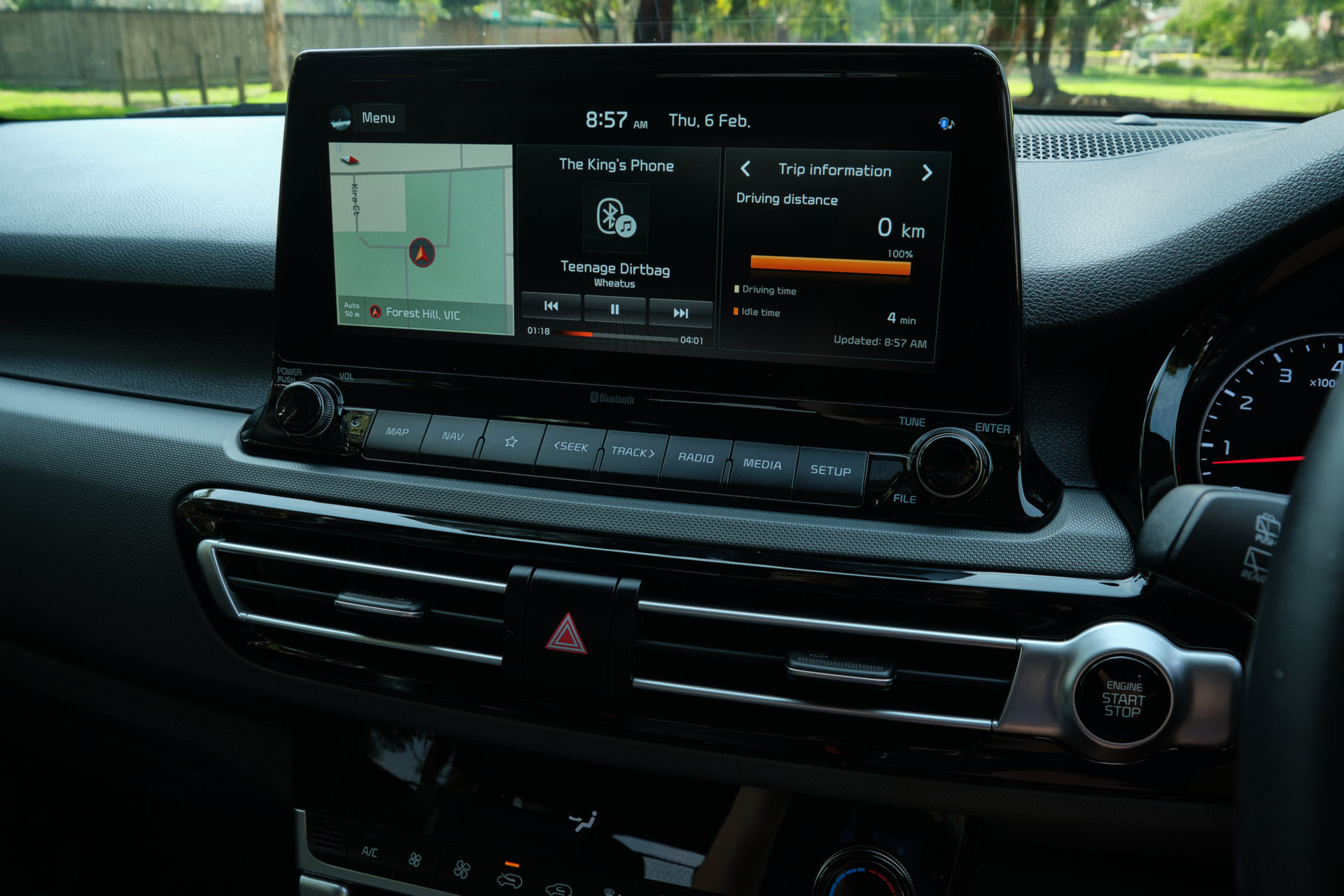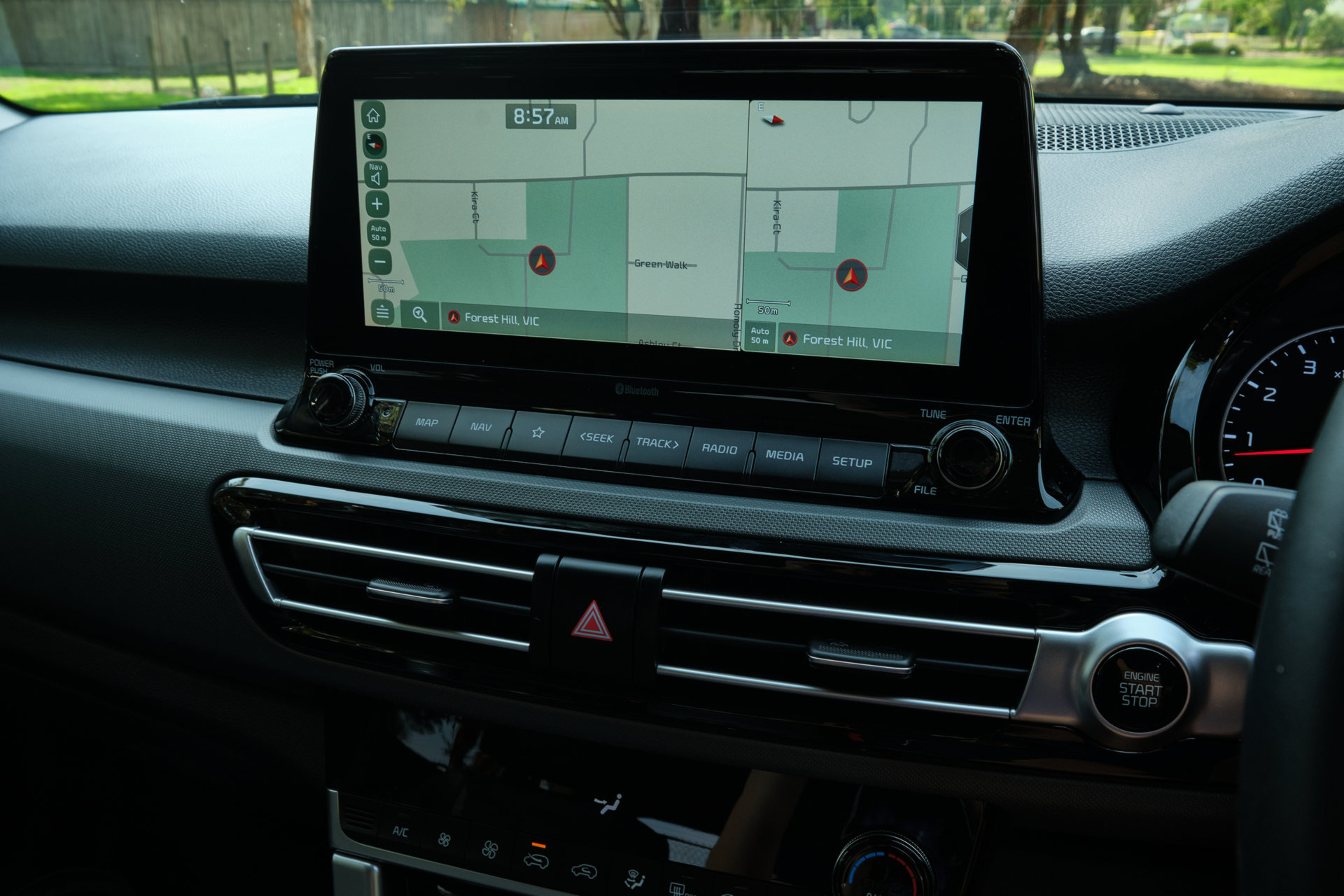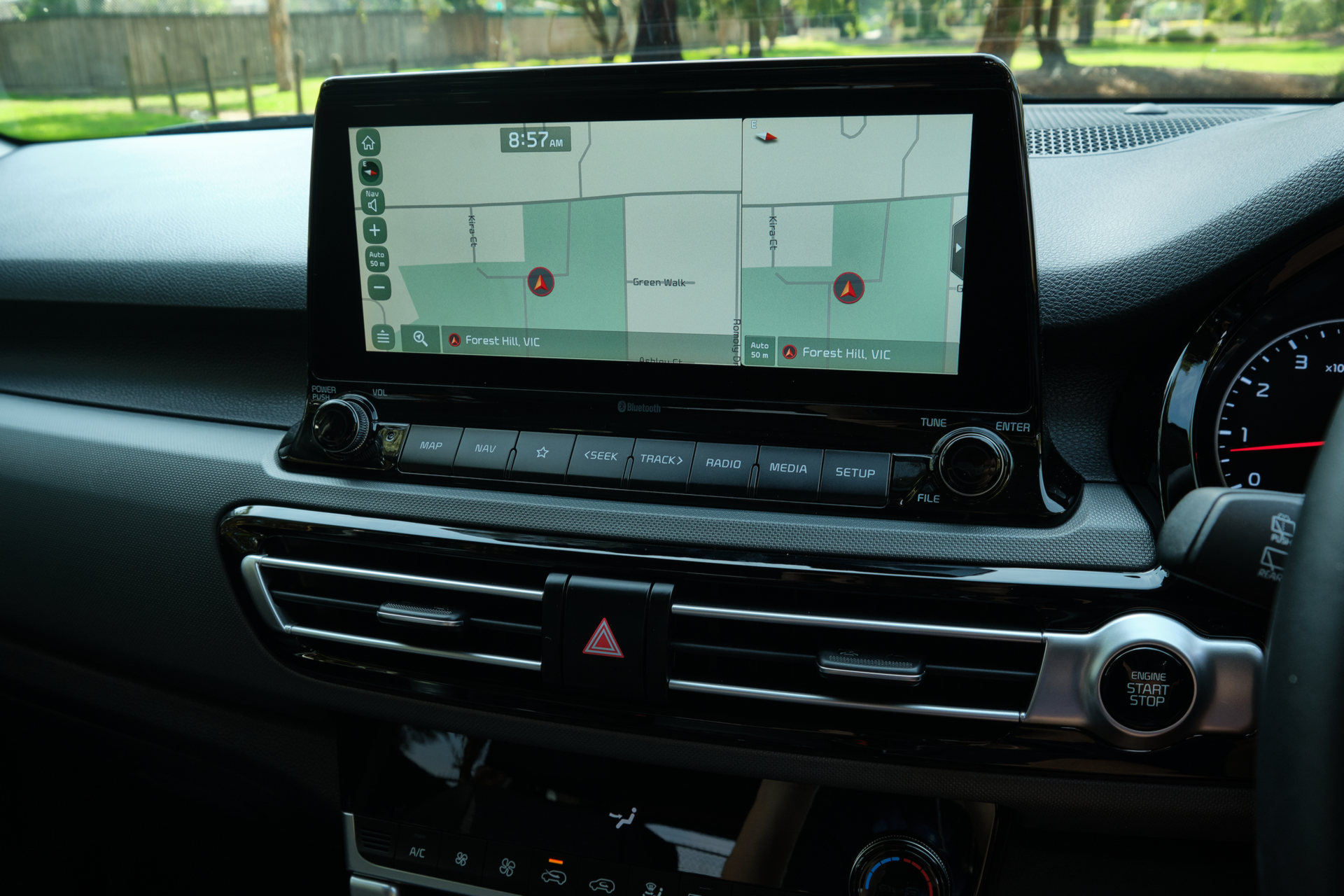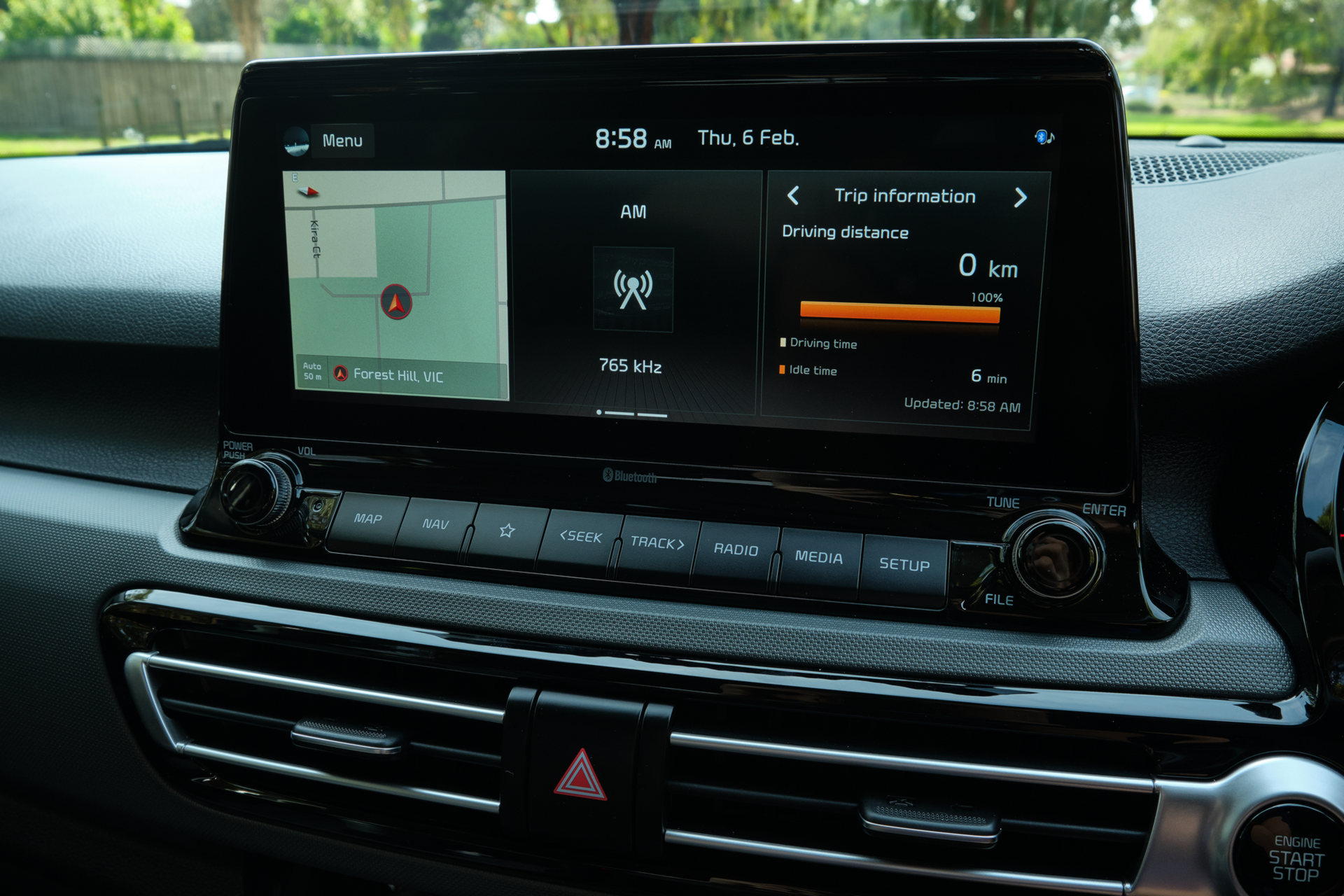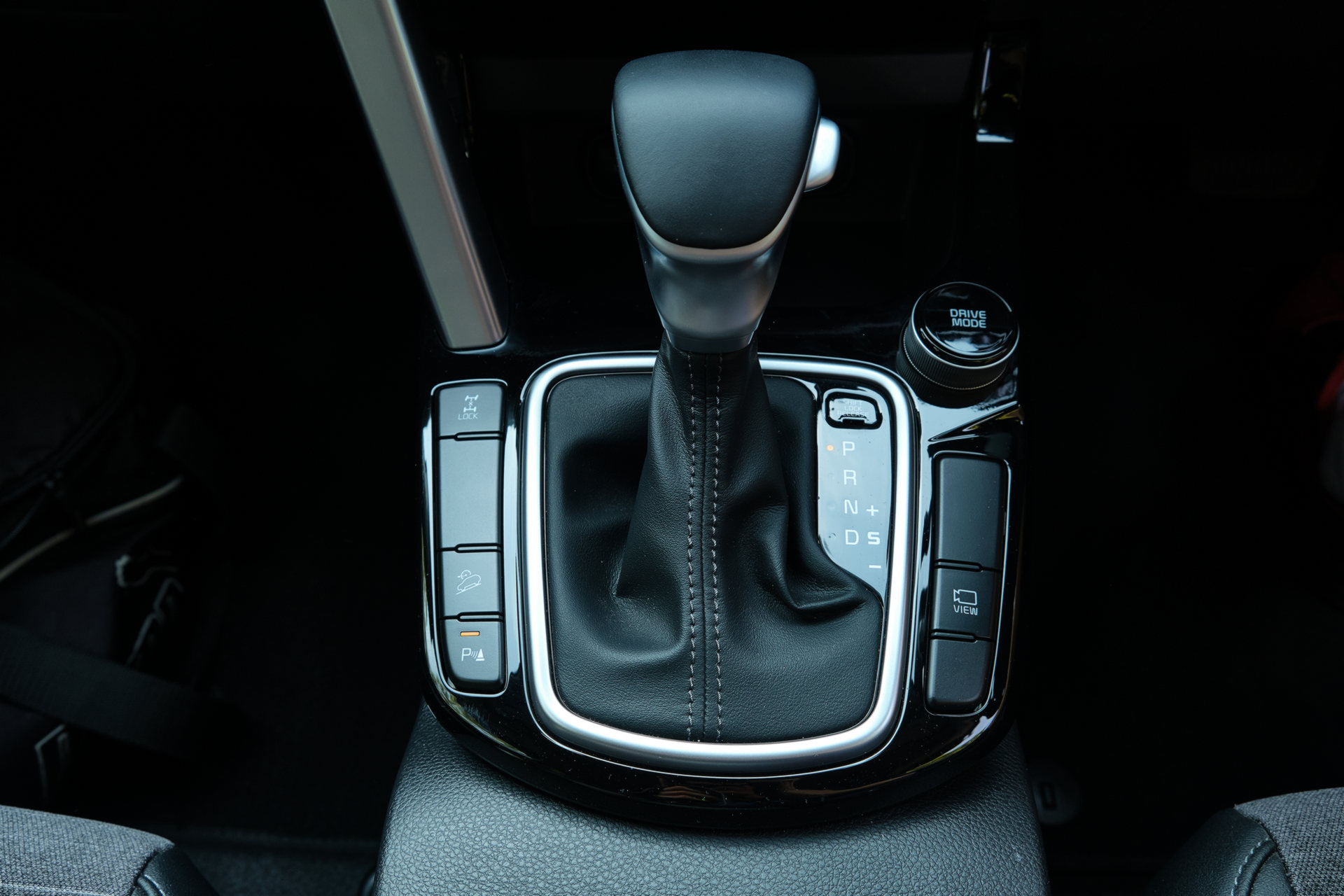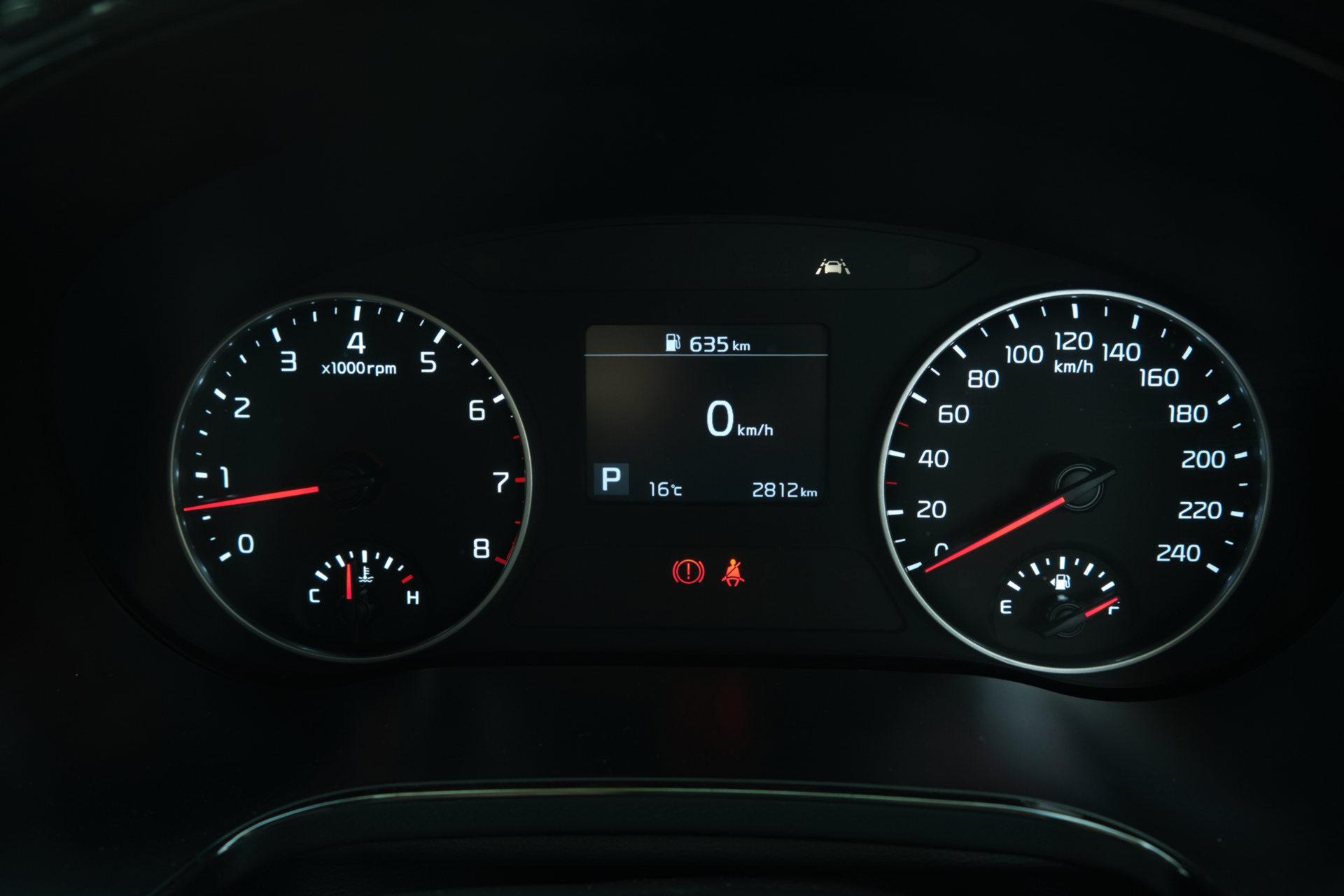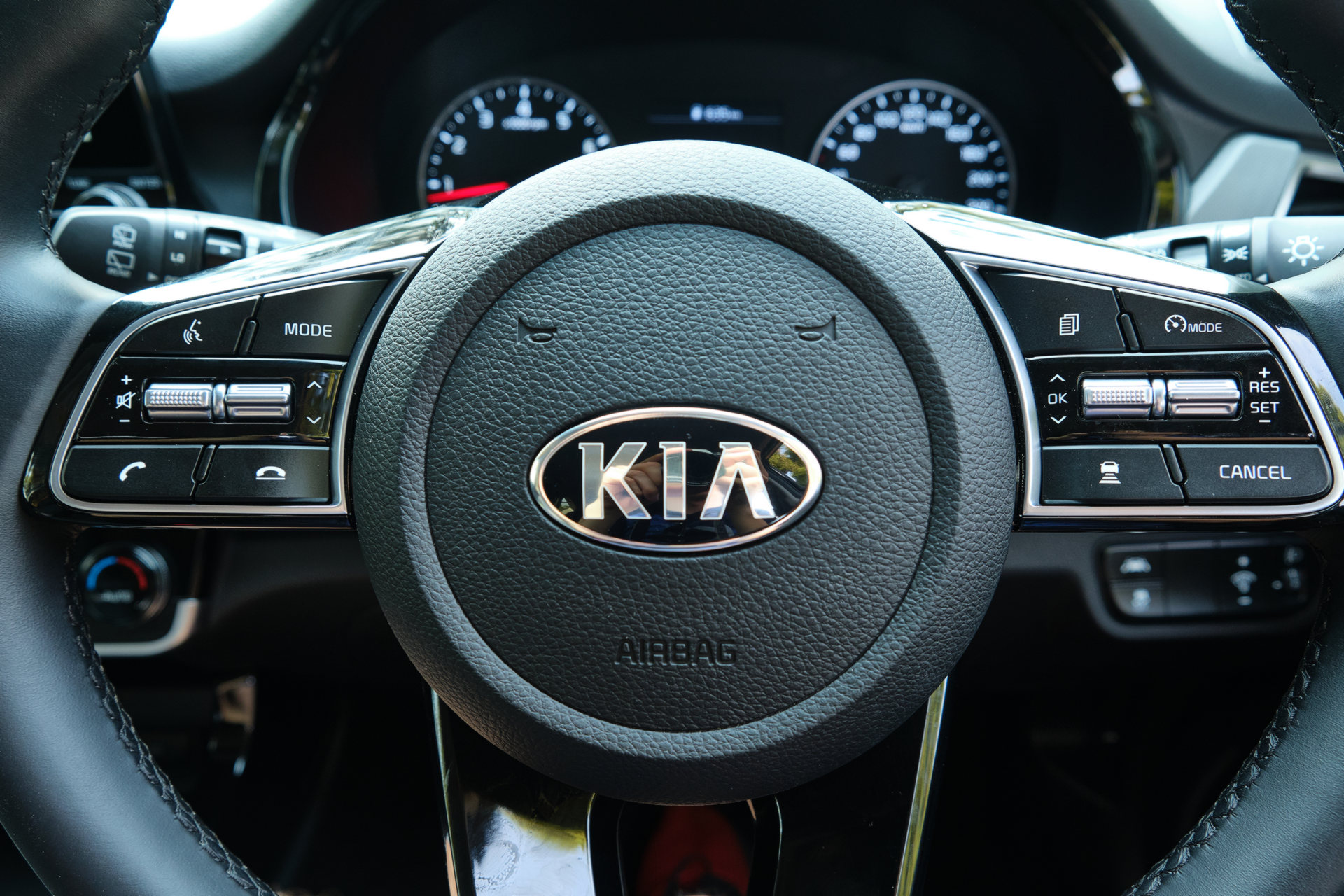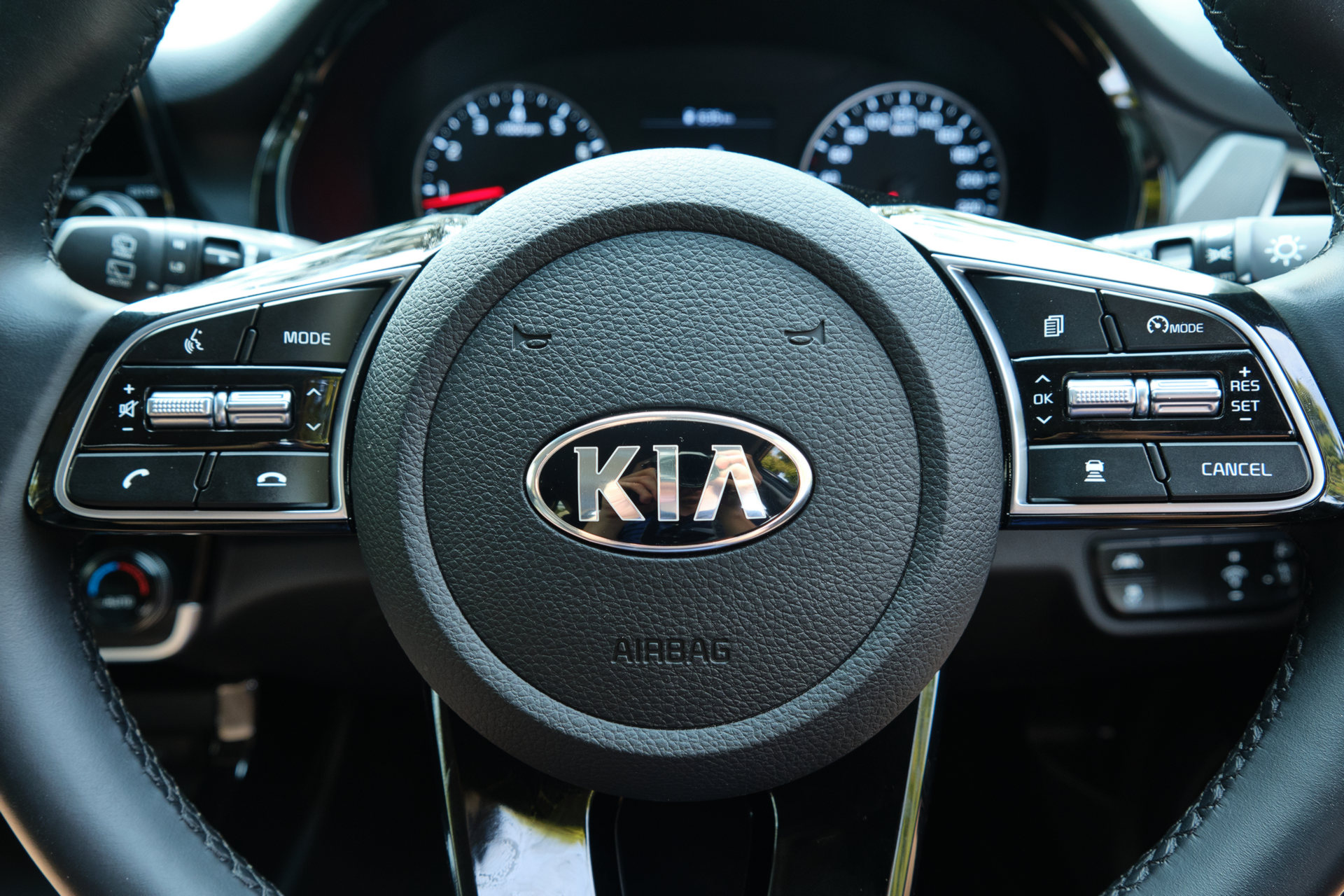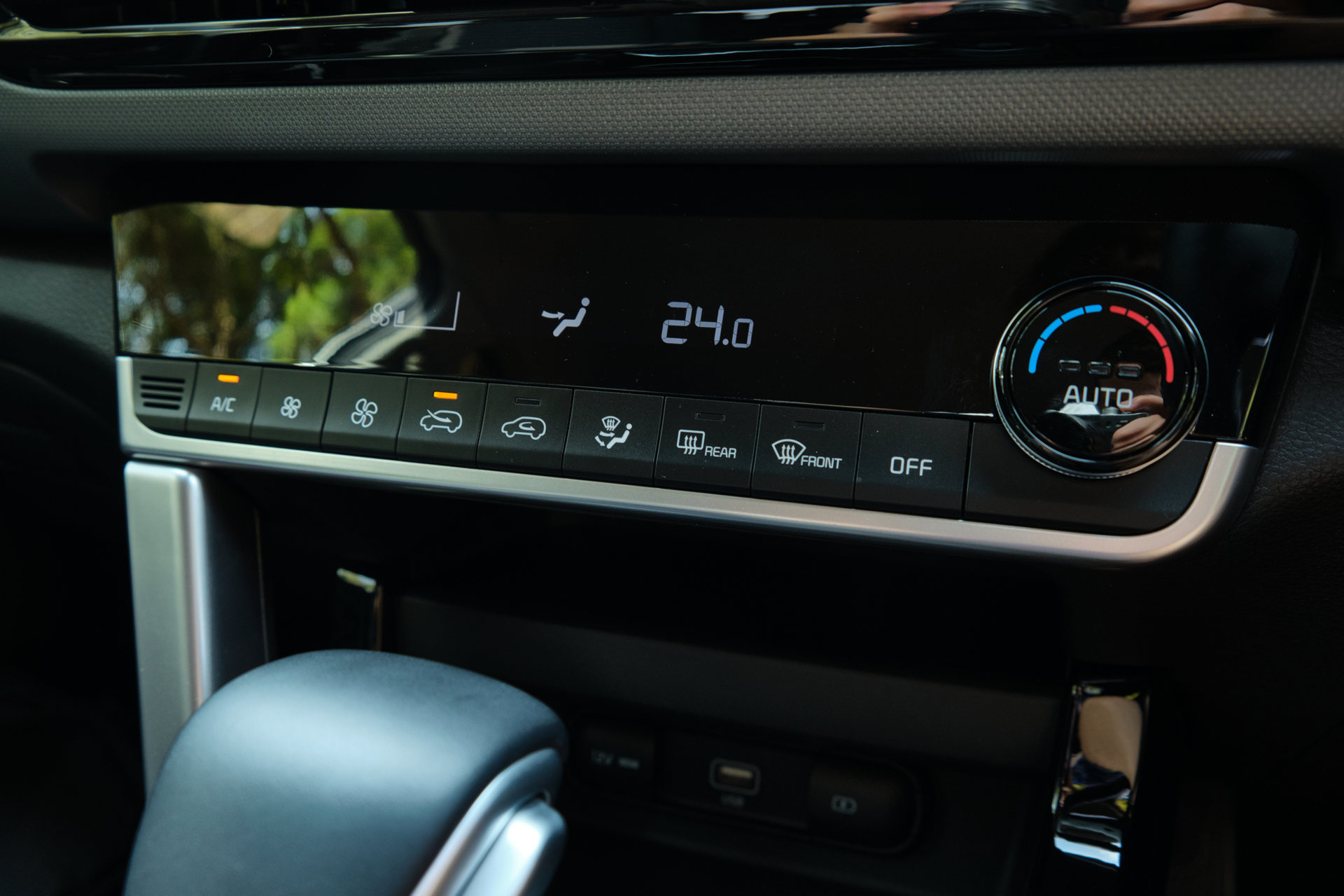Kia has been on a role in recent years with well-rounded models such as the Stinger and Telluride landing with the performance and refinement to match the Europeans at a much cheaper price. In fact, it seems as though Kia can do very little wrong at the moment, quite the change from just a decade ago.
Last month, CarScoops sampled the all-new Kia Seltos during its U.S. launch but over in Australia, the SUV has already been on sale for a few months. While recently spending a week with one, we set out to discover if the Seltos continues the South Korean automaker’s roll of releasing impressive new models.
The short story? Kia has an absolutely great SUV to rival competitors such as the Nissan Qashqai and Mazda CX-3 on its hands.
Various models for varying budgets
The subject of our recent test was the 2020 Kia Seltos Sport+ AWD priced from a very reasonable AU$36,490 (equal to around US$23,800) in Australia. In the local market, the Seltos Sport+ AWD sits towards the top of the range and only one step below the flagship GT line. Lesser variants on offer include the Seltos S, Seltos S with Safety Pack, Seltos Sport, Seltos Sport with Safety Pack, and the Seltos Sport+ featuring a CVT.
Driving the Sport+ AWD that we tested is a 1.6-liter T-GDI four-cylinder turbocharged engine with 130 kW (174 hp) at 6,000 rpm and 265 Nm (195 lb-ft) of torque between 1,500 rpm and 4,500 rpm. This engine is coupled to a seven-speed dual-clutch transmission and all-wheel drive. Lesser variants have a naturally-aspirated 2.0-liter four-cylinder with 110 kW (147 hp) at 6,200 rpm and 180 Nm (132 lb-ft) of torque at 4,500 rpm.
This is a good engine. For starters, it is reasonably efficient, with claimed fuel use of 7.6-liters per 100 km (30.9 mpg). We were never able to hit that mark and during our test with the SUV, averaged 8.5 l/100 km (27.6 mpg) thanks in part to quite a lot of highway driving. During highway-only runs, the Seltos averaged 8.0 l/100 km (29.4 mpg). That’s good but it is not amazing.
Outshining and outweighing the fuel consumption numbers is the way the engine performs everyday driving duties. Turbo lag is virtually non-existent and throttle response is good. Unless you need to make a daring overtake on a country highway, drivers will rarely (if ever) need to use any more than half throttle, including when steadily climbing up to highway speeds.
Also Watch: Time To Find Out What The New Kia Seltos Small SUV Is Made Of
Admittedly, this engine is not as smooth or whisper-quiet as some other small-capacity four-cylinder engines on the market but almost all of those are found in far more expensive Europeans.
As mentioned, the Seltos Sport+ AWD features a seven-speed dual-clutch as standard. Sadly, like many other transmissions offered by Kia, including the 8-speed single-clutch auto of the Stinger and the Sportage, the dual-clutch of the Seltos is a letdown. For whatever reason, Kia doesn’t seem able to perfect a transmission and while the Seltos’ gearbox is better than some others in the Korean brand’s range, it could be better. It can get caught between ratios and is not as quick to shift as some others on the market.
Lesser variants use a CVT although we’re yet to see how it performs.
The perfect size for an SUV?
While driving the Seltos, it’s impossible not to notice just how spacious it feels and how at home it is on both city roads and wide-open highways. Visibility is excellent and the suspension system, locally tuned for the Australian market, never feels unsettled, keeping the SUV planted no matter the conditions or surface.
Adding to the pleasurable driving experience is the light steering and snappy brakes. Those brakes, by the way, consists of 305 mm ventilated discs at the front and 284 mm discs at the rear. The Sport+ AWD sits on a set of 17-inch alloy wheels with 215/55 tires.
Many of the highlights of the Seltos can be found in the cabin with some of them lending themselves to the overall, upright shape of the SUV. Unlike the Hyundai Kona, for example, Kia’s designers decided against compromising interior space for more exiting exterior looks. Consequently, the Seltos offers up an impressive 433 liters (15.2 cubic-feet) of rear luggage space with a full-size spare tire and the rear seats up. Cargo capacity grows to 1,393 liters (49.1 cubic-feet) with the rear seats down.
Additionally, there is more than enough room for four large adults in the Seltos, plus a slightly smaller adult that can squeeze into the middle of the second-row.
Many Kias currently on the market offer very similar interiors to each other and while the same could be said of the Seltos, the brand has made some very welcome upgrades. Most notably, there is now a large 10.25-inch touchscreen infotainment system taking pride of place on the dashboard.
The display uses the company’s familiar user interface but has been updated and improved from any other Kia I’ve tested. Perhaps the best feature is being able to divide the screen into three segments, one showing a navigation map, one displaying your choice of music, and one dedicated to real-time consumption figures. You can control the system exclusively through the touchscreen but there are also a number of physical controls located below should you rather use them. Apple CarPlay and Android Auto are also featured.
Unfortunately, some lesser Seltos models use Kia’s older 8-inch touchscreen. Those eager for all the latest tech should check out the range-topping GT Line model as it adds a seven-inch screen in the gauge cluster as well as a head-up display.
Our test car also came complete with a six-speaker audio system that offered up a very good listening experience despite ‘only’ having six speakers. The highlight of the speakers, however, is not their sound quality, but instead the geometrical design of the speaker grilles. Kia wanted to have some fun with the design of the Seltos and this is evident with the audio system. GT-Line models benefit from a Bose, 8-speaker system that includes colorful accent lighting with the grilles.
Another home run from the Koreans
The Kia Seltos had to be good to slot alongside the marque’s other news models and that’s exactly what it is. There’s a nice powertrain package, modern looks, and ample interior space. Some higher-end models, such as the Sport+ AWD we tested can get quite expensive, however. Those willing to sacrifice some space would be wise to also consider the similarly-priced Renault Kadjar (read our review here).



